

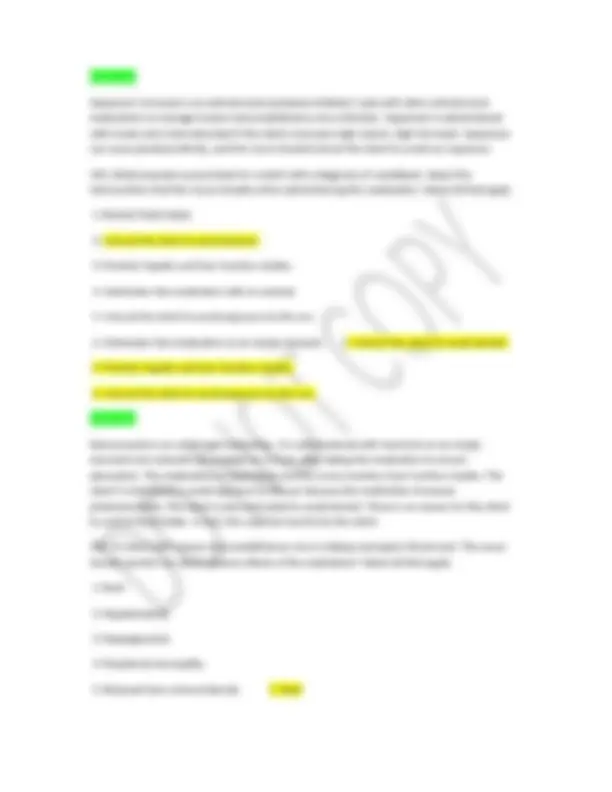
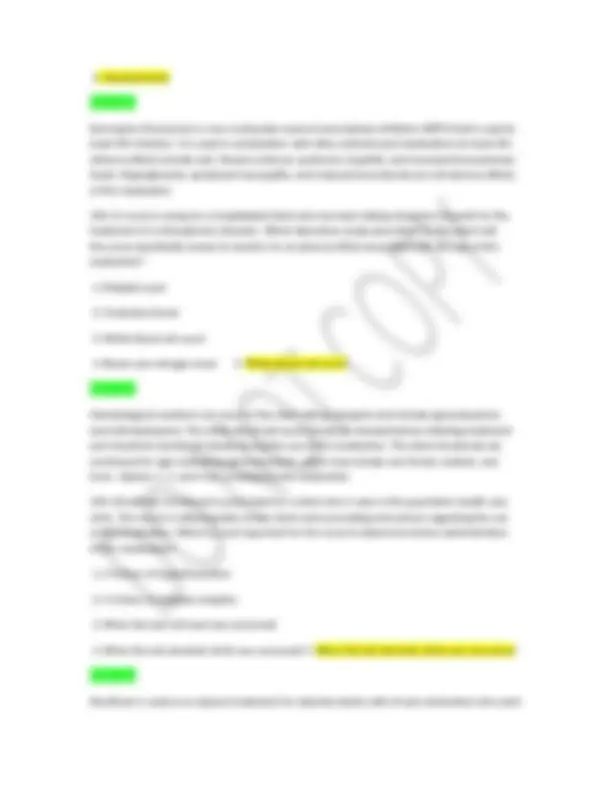
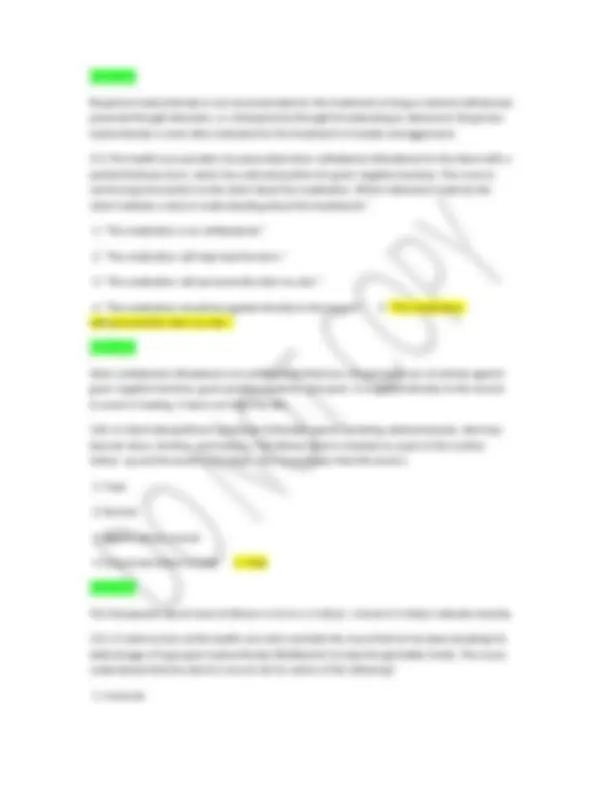
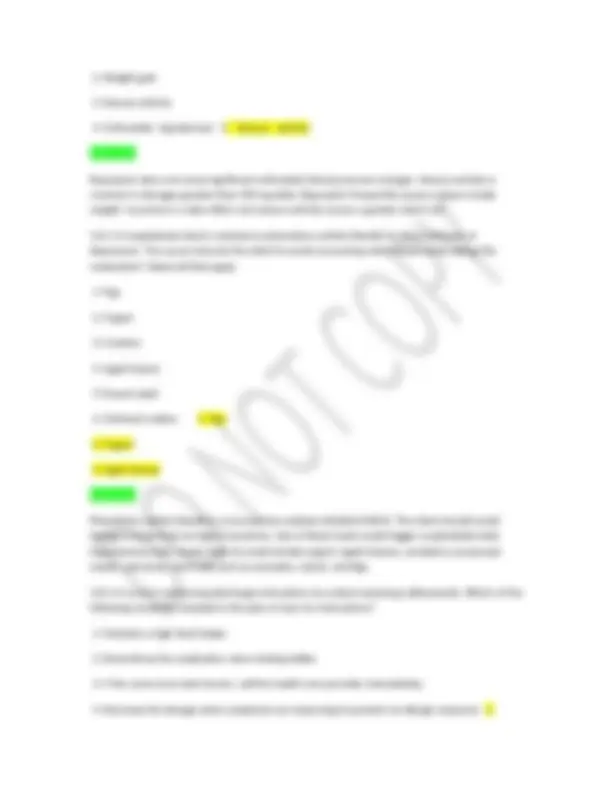
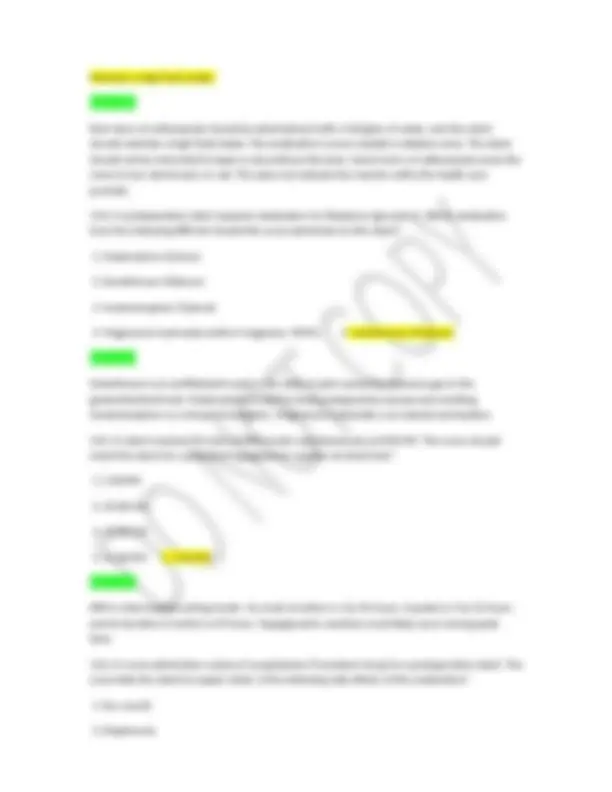
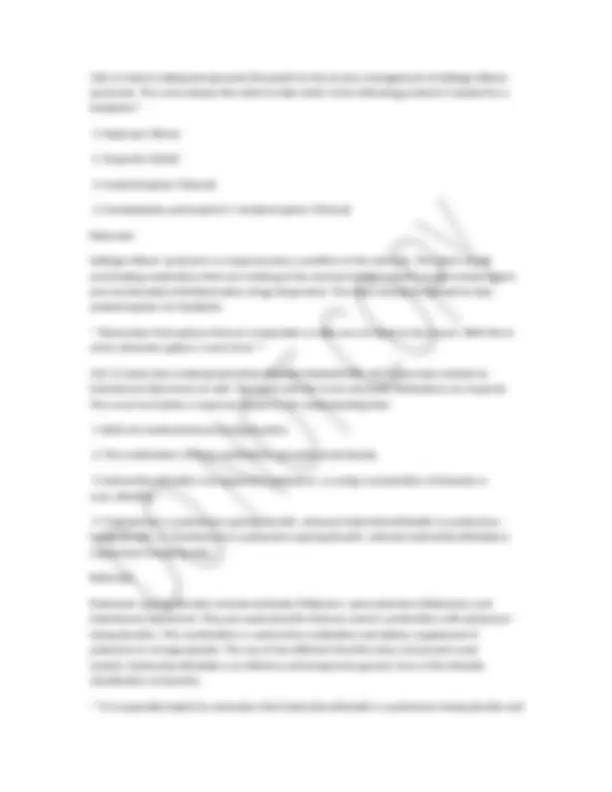
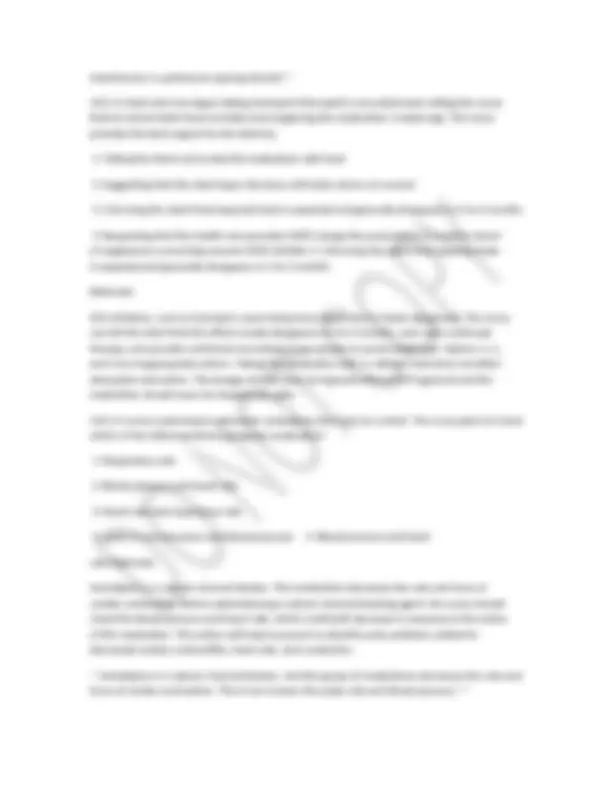
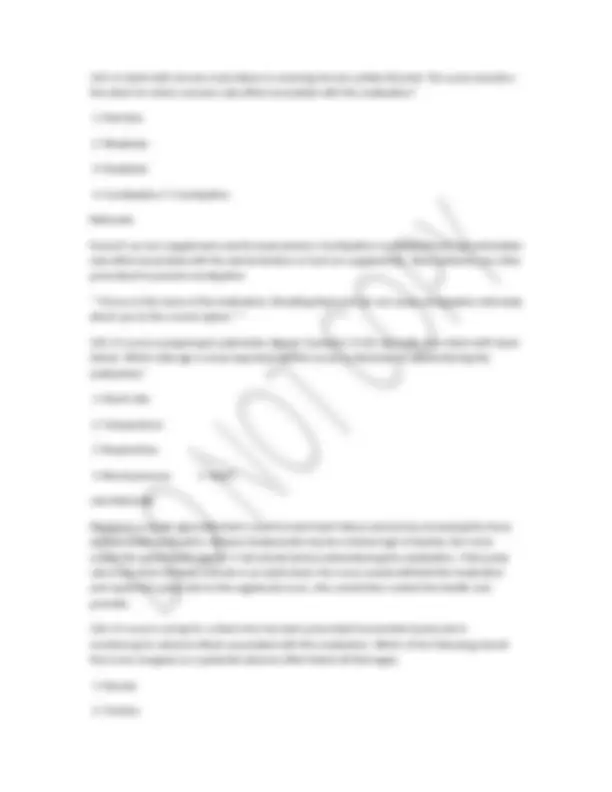
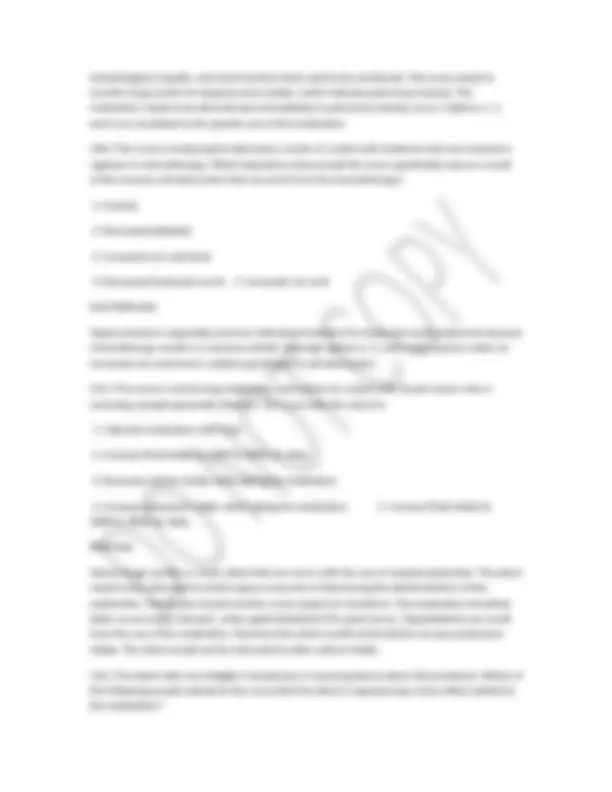
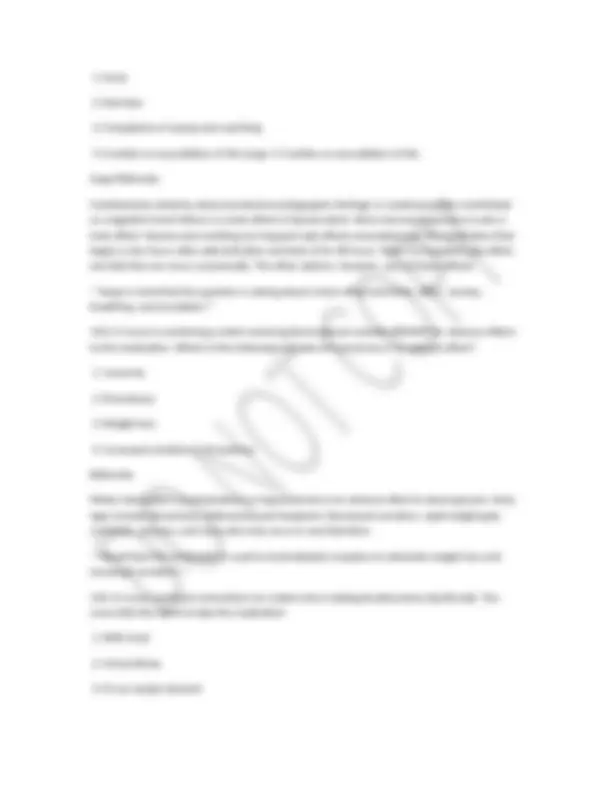
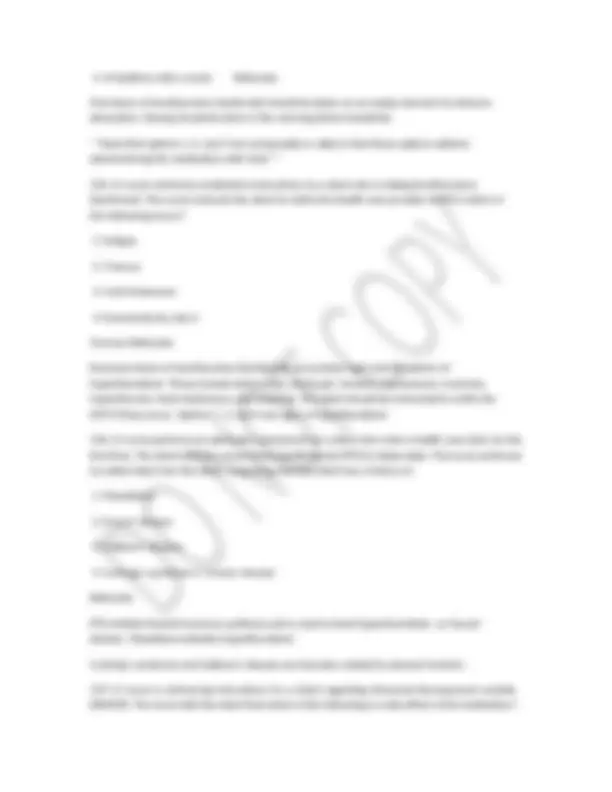
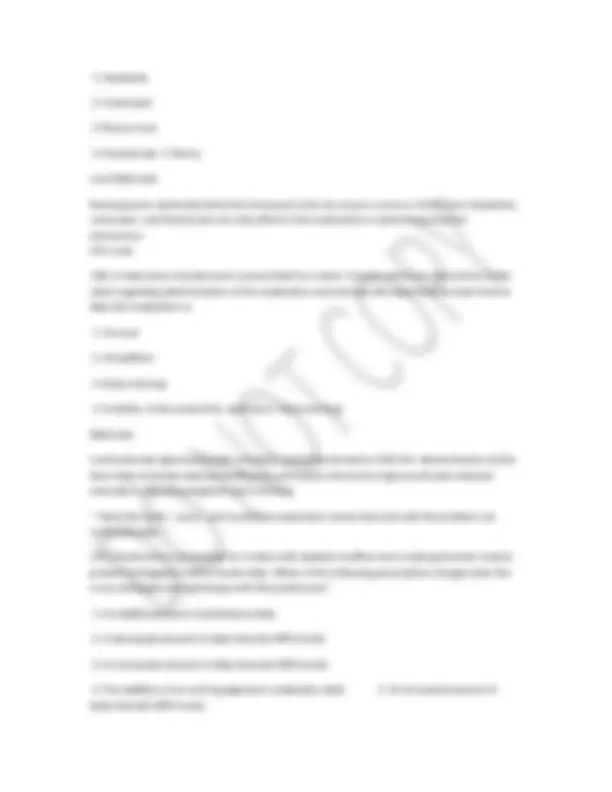
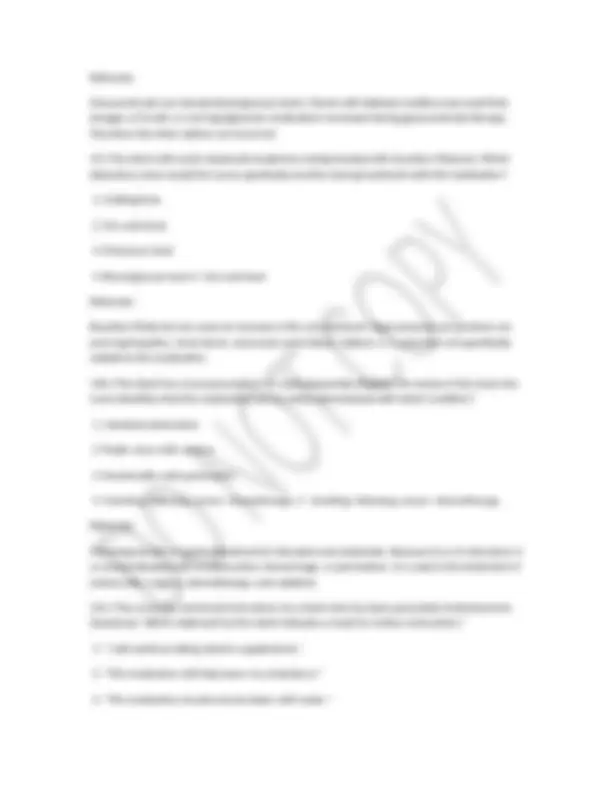
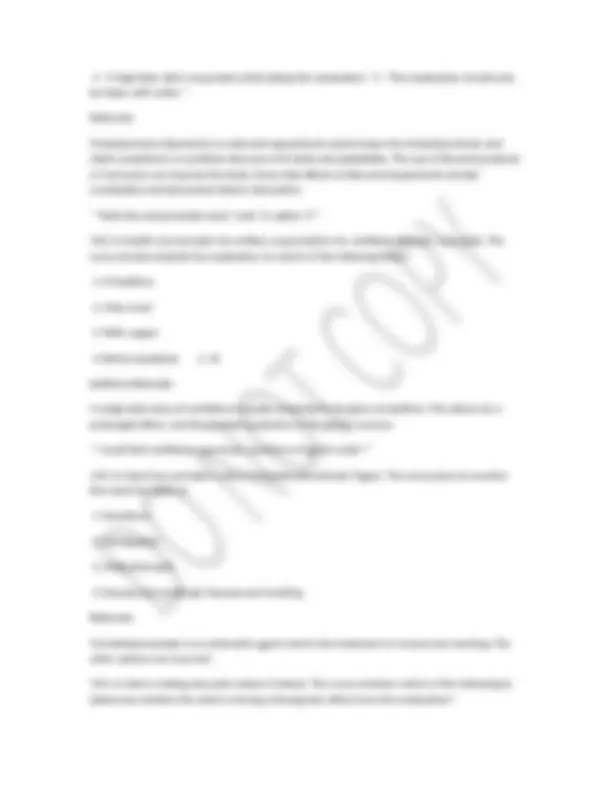
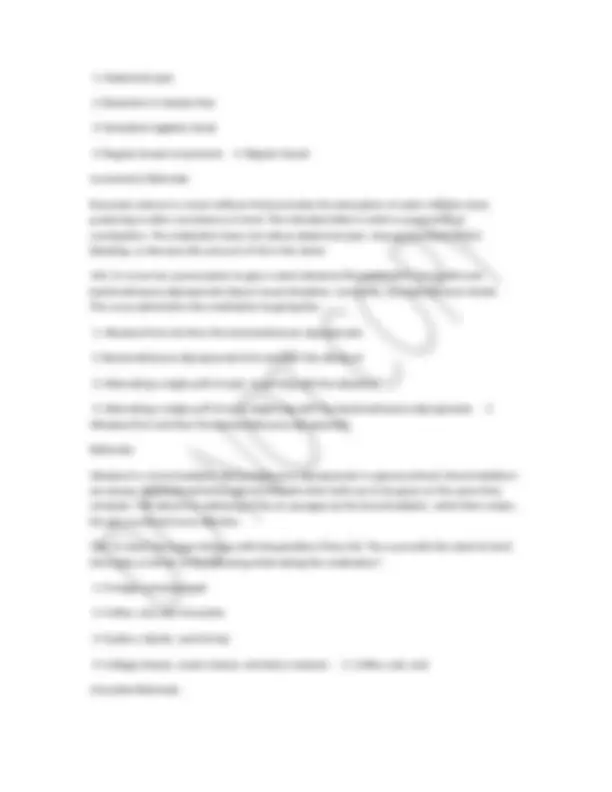
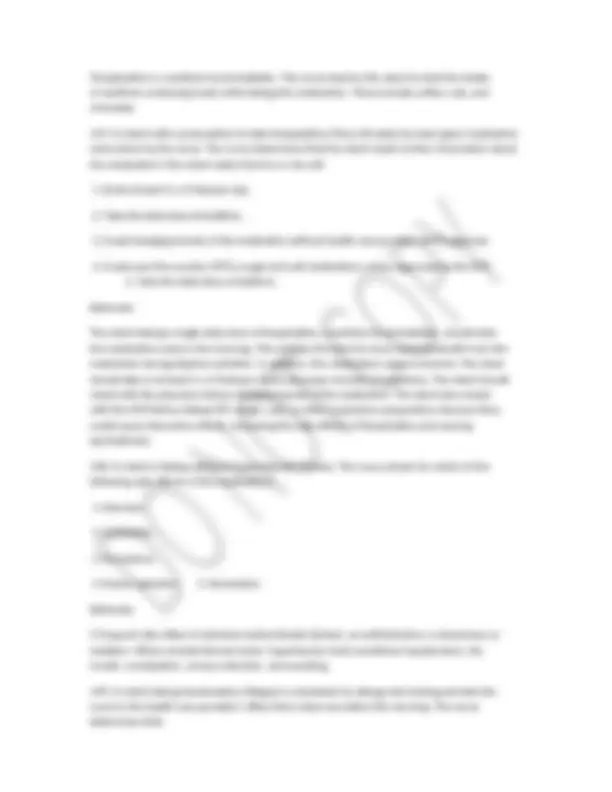
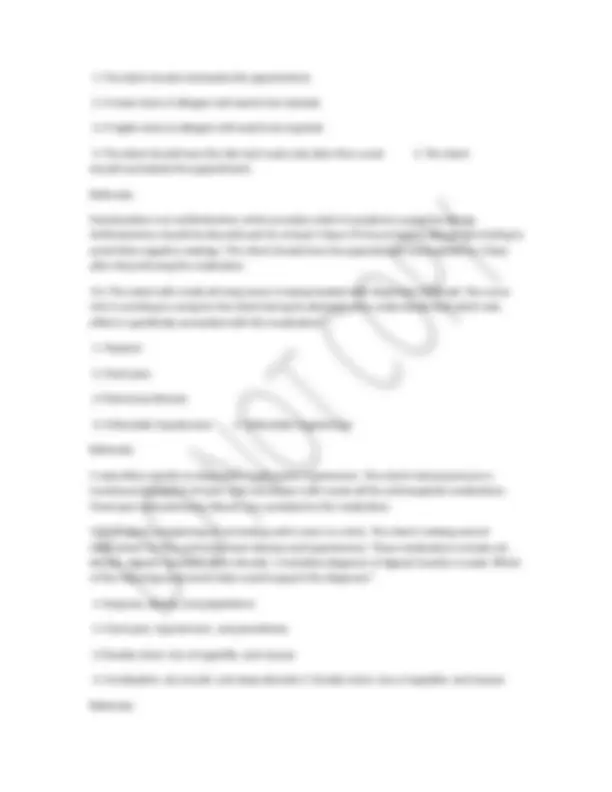
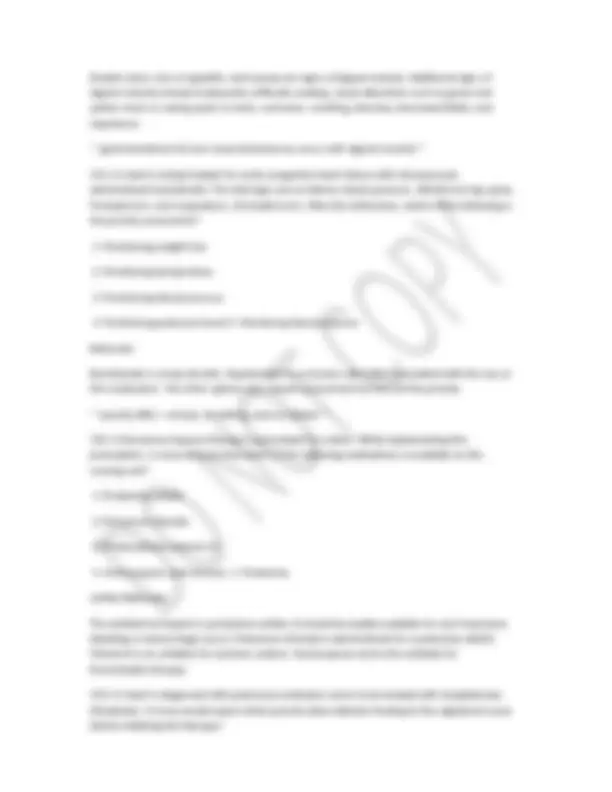
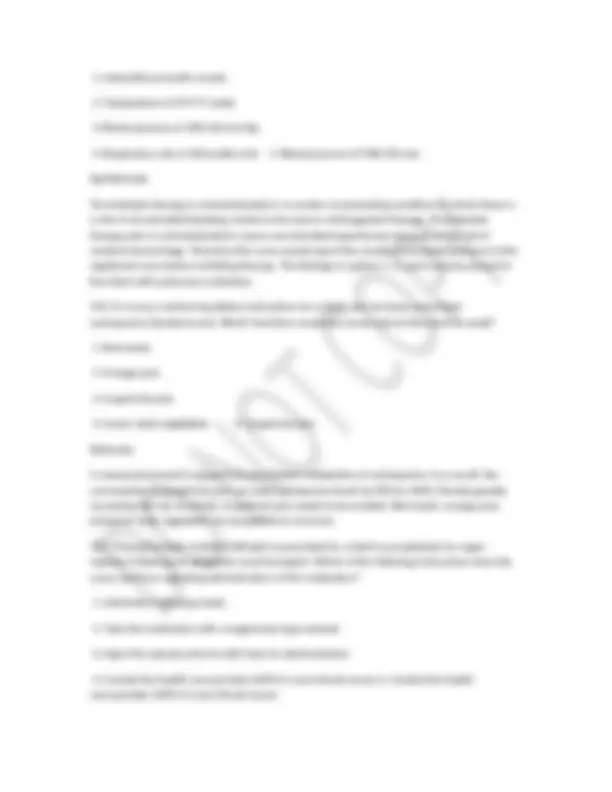
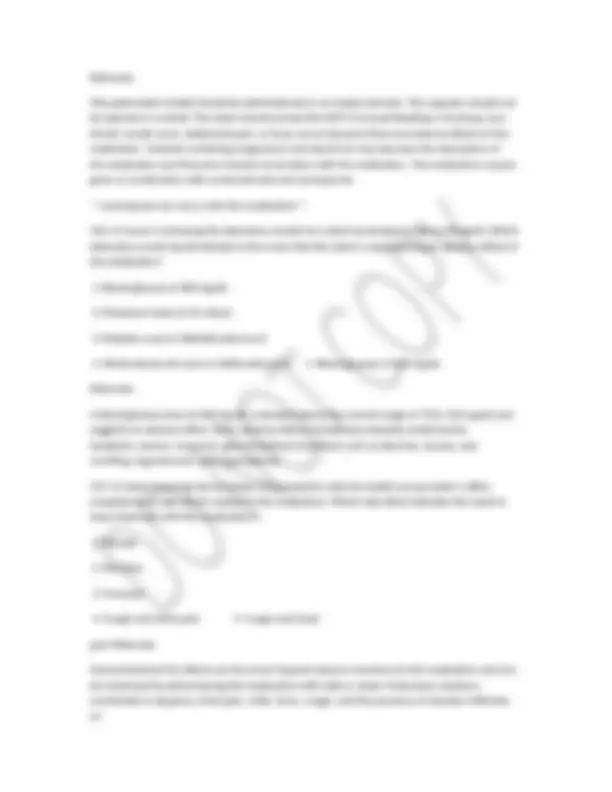
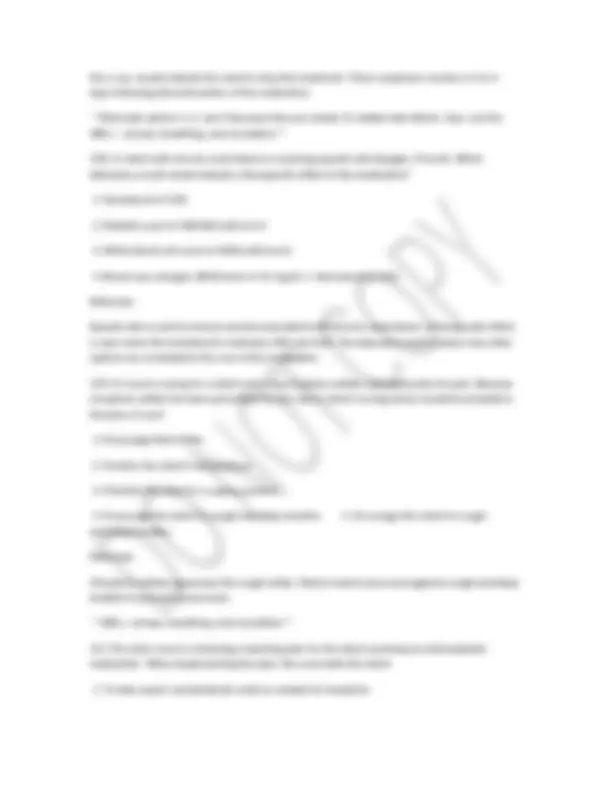
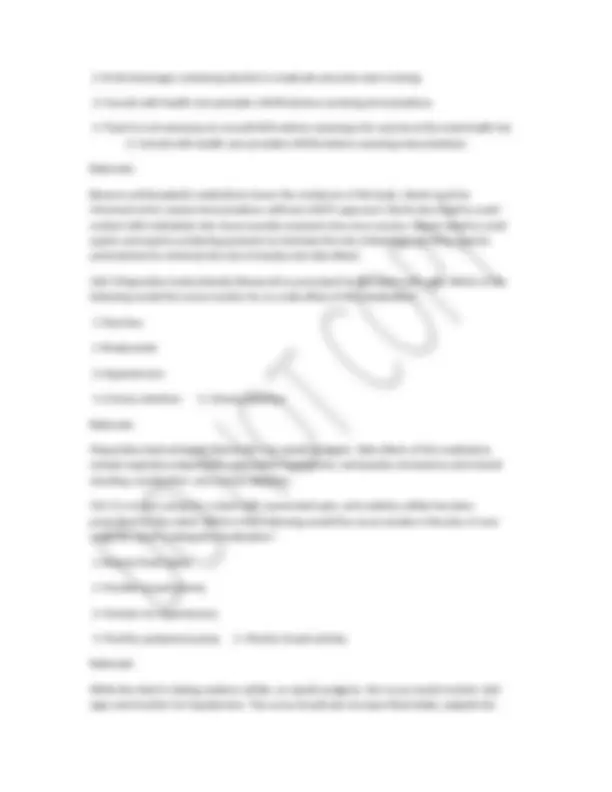
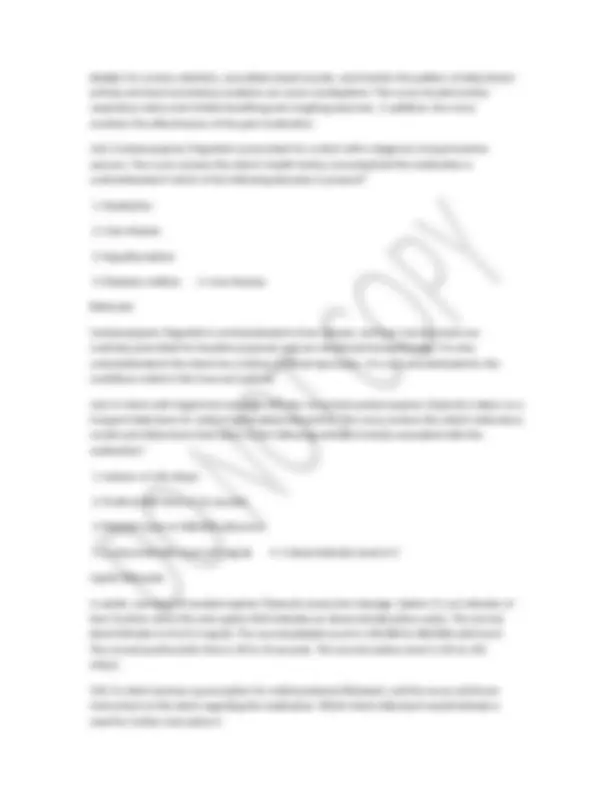
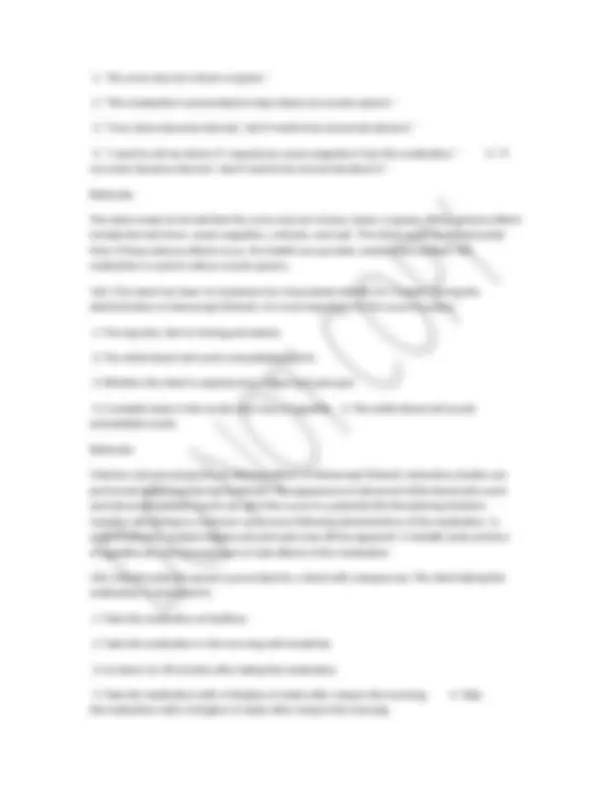
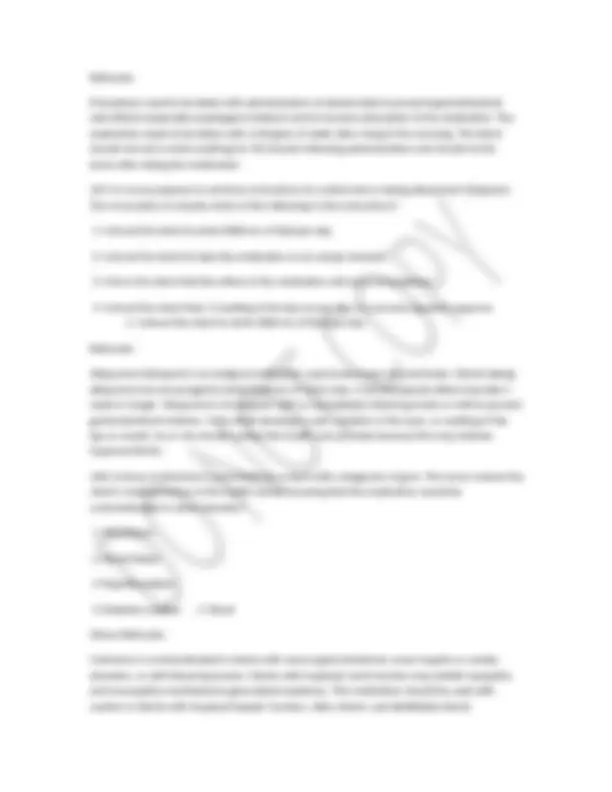
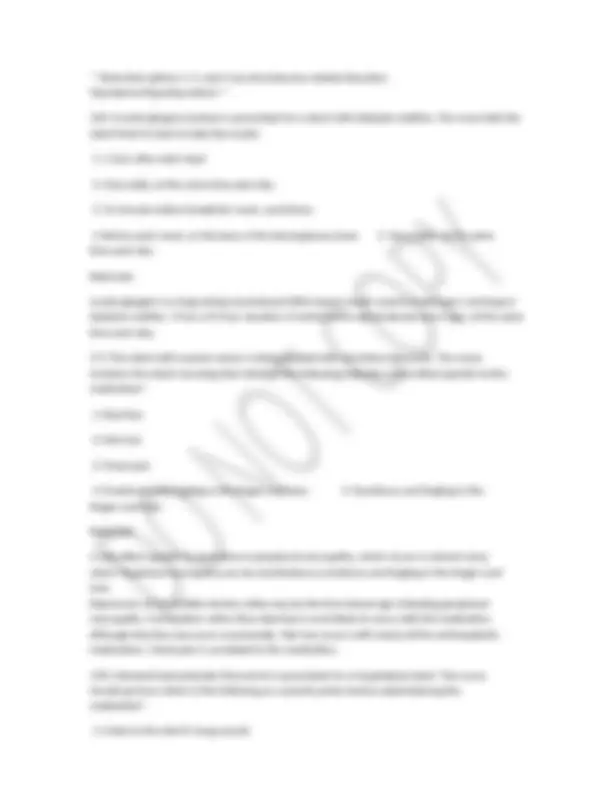
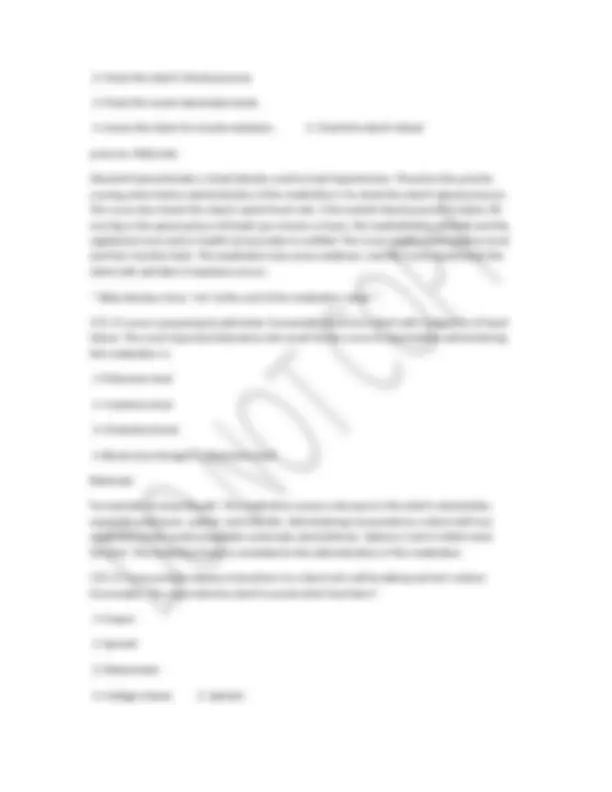
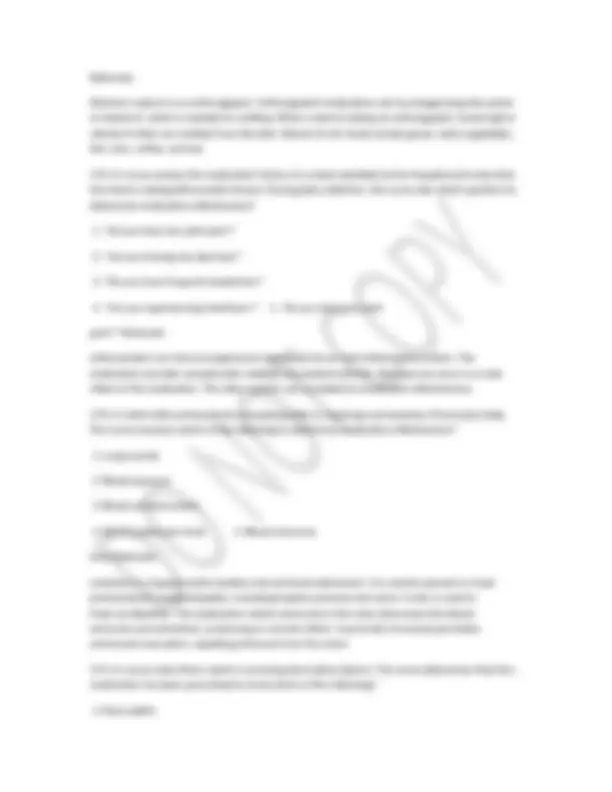
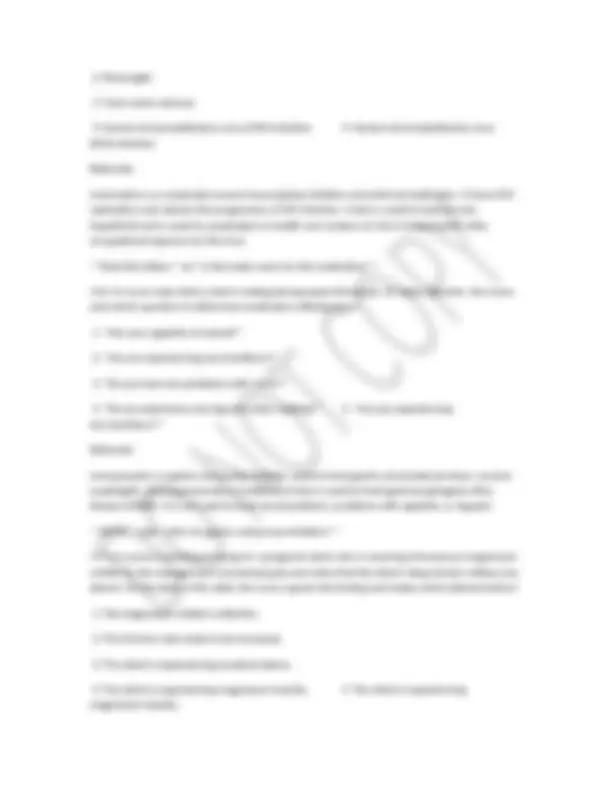
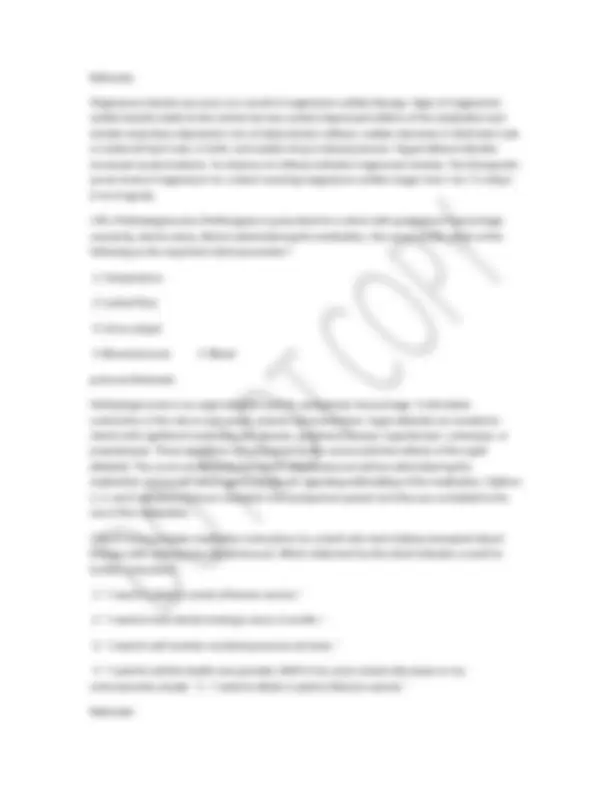
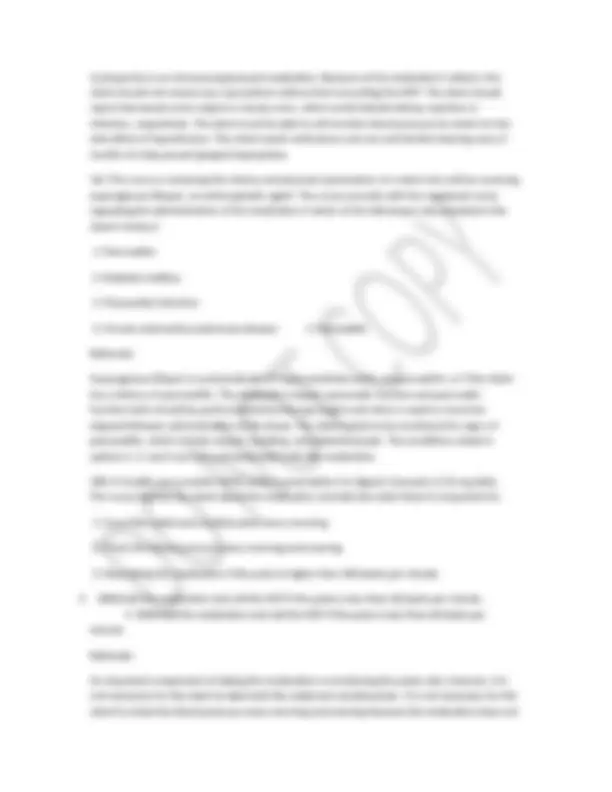
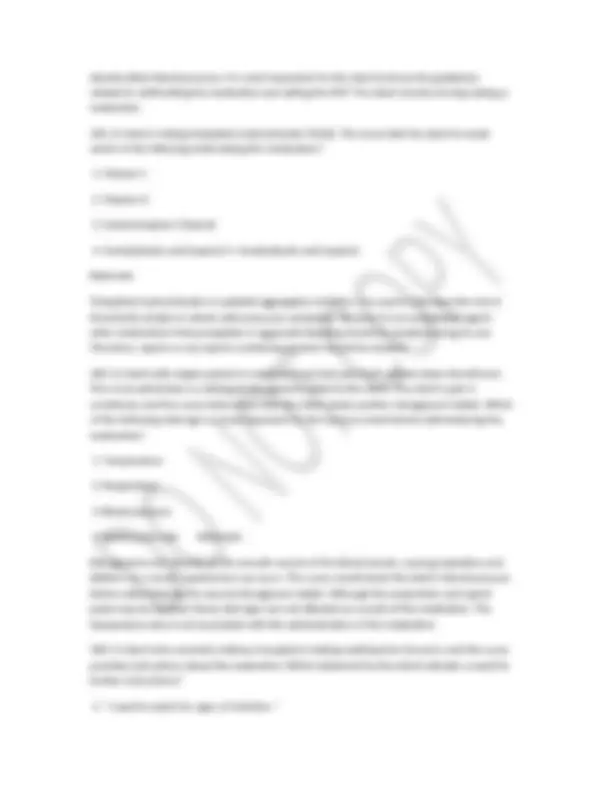
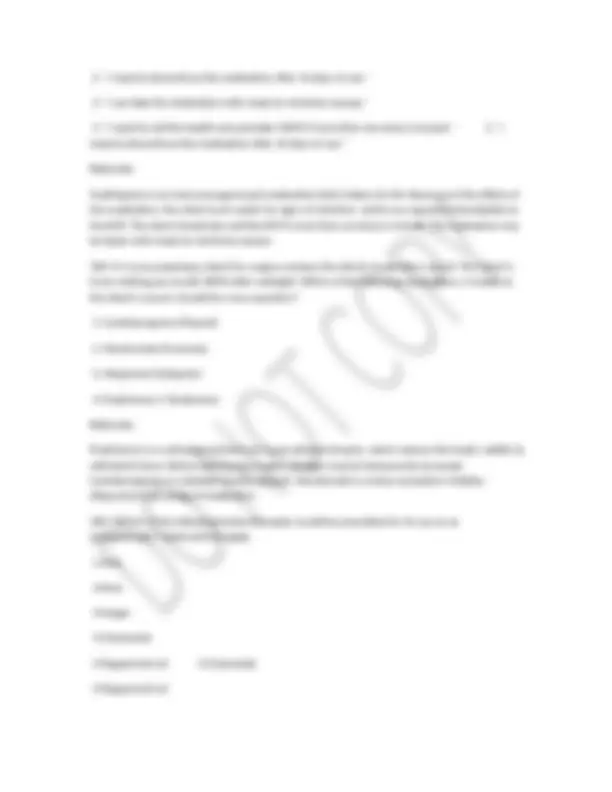
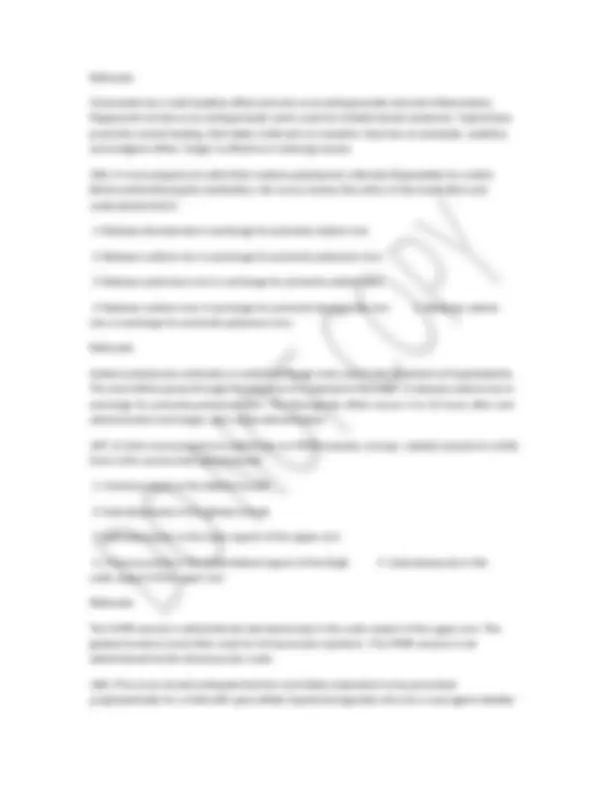
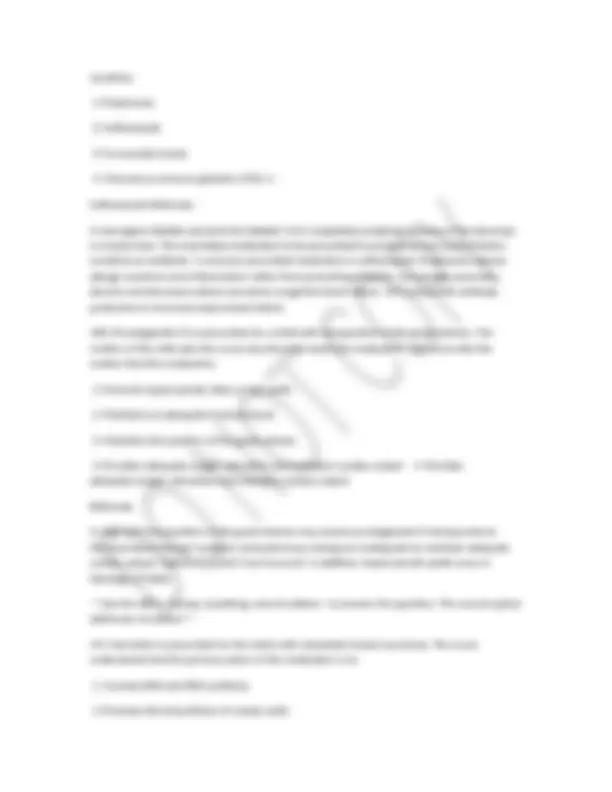
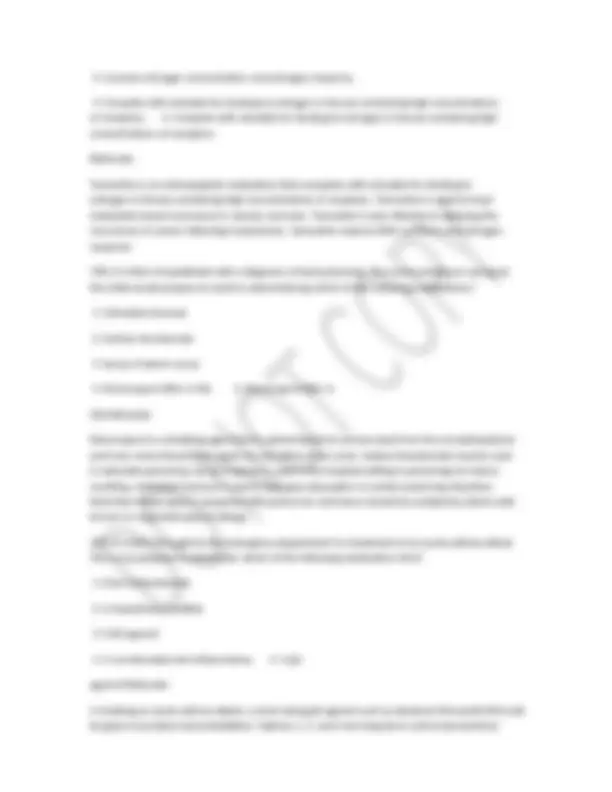
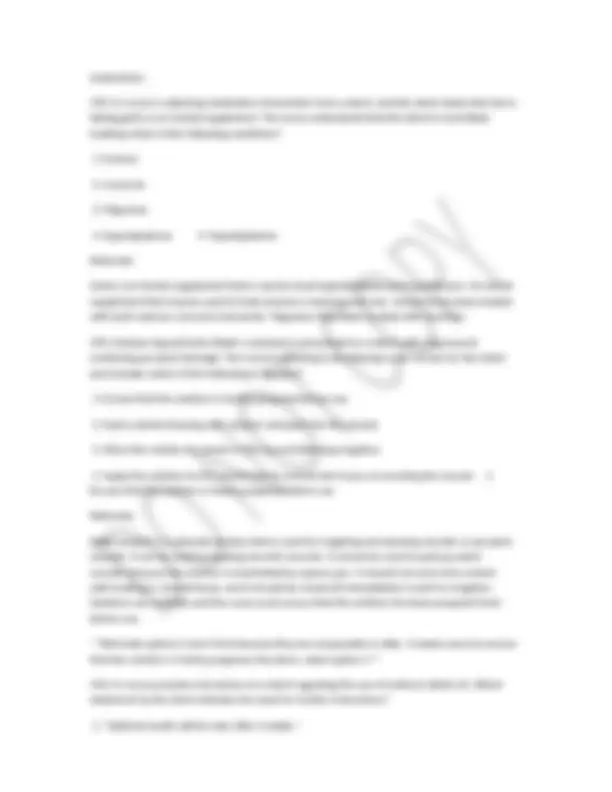
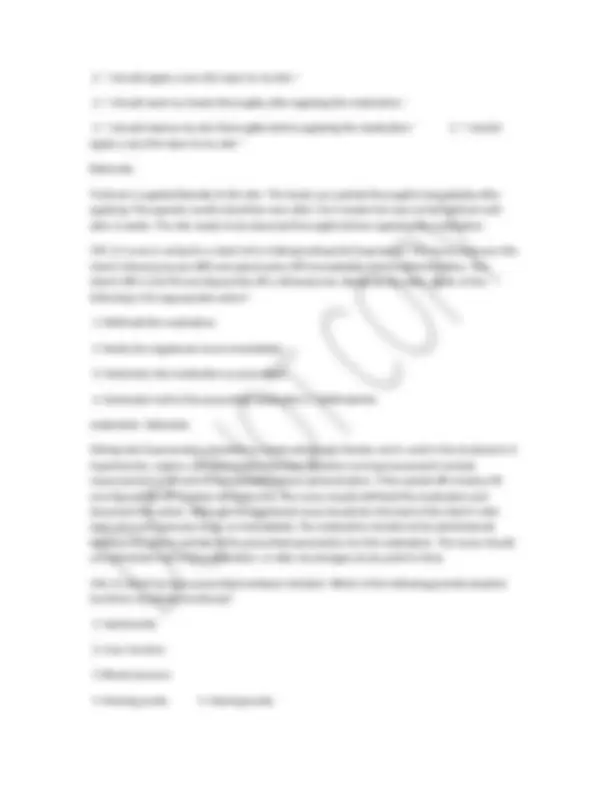
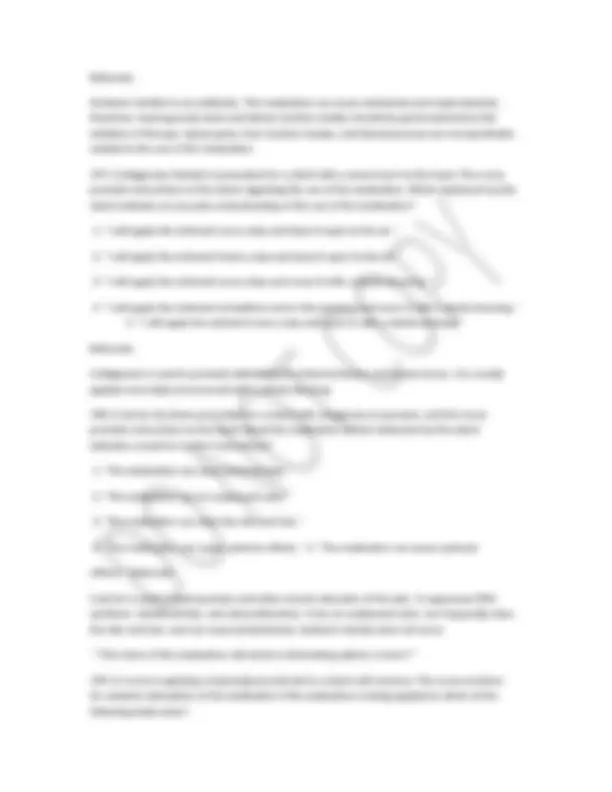
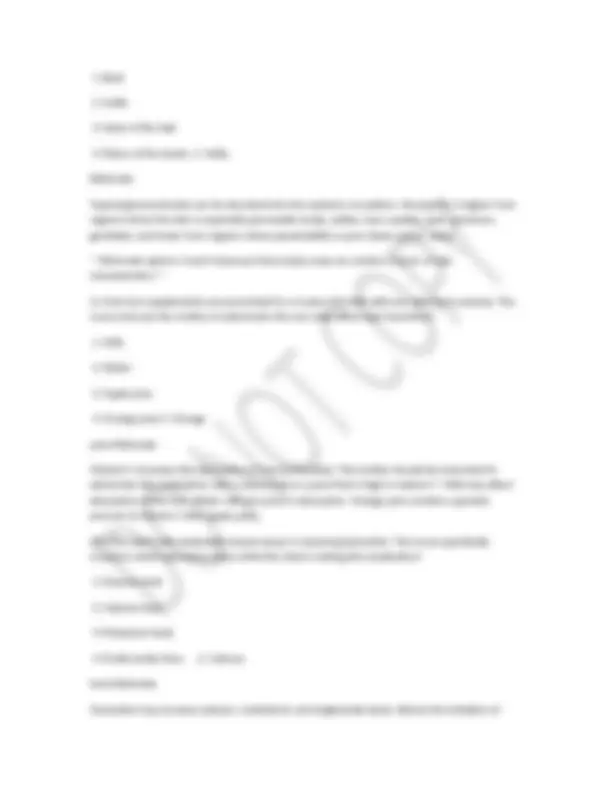
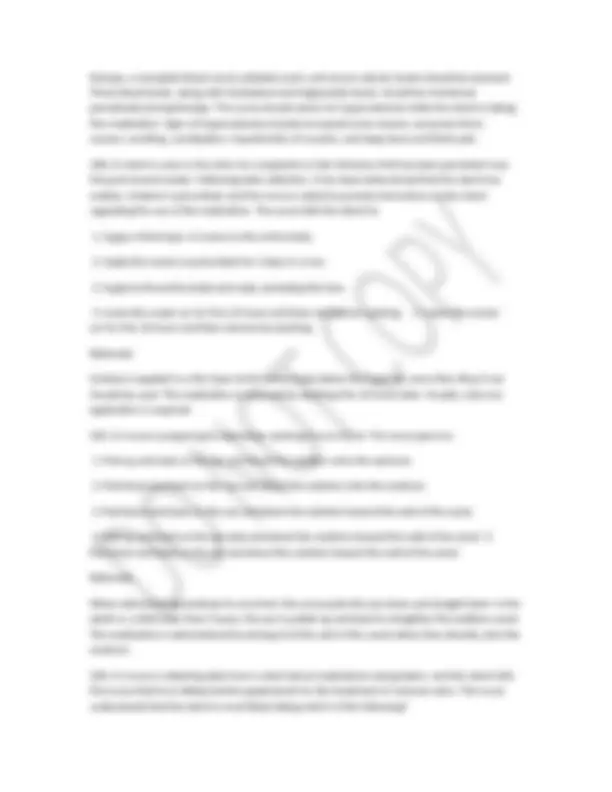
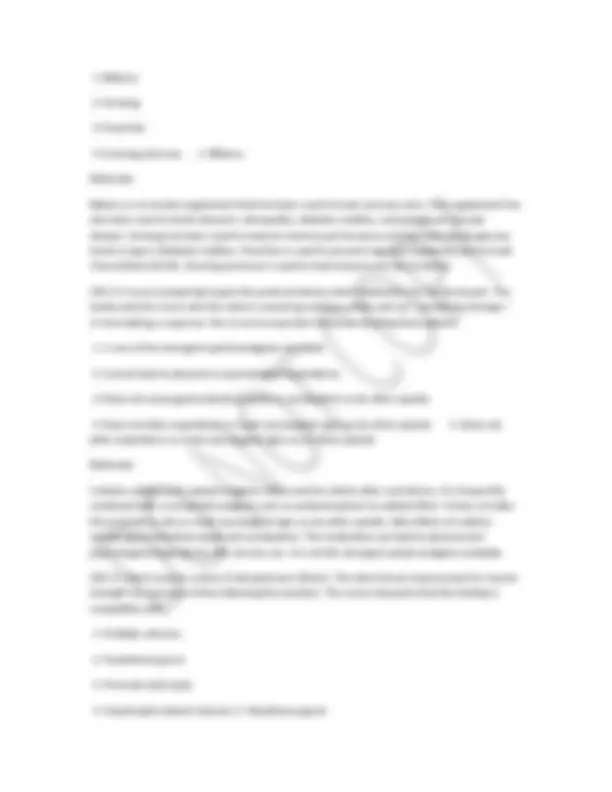

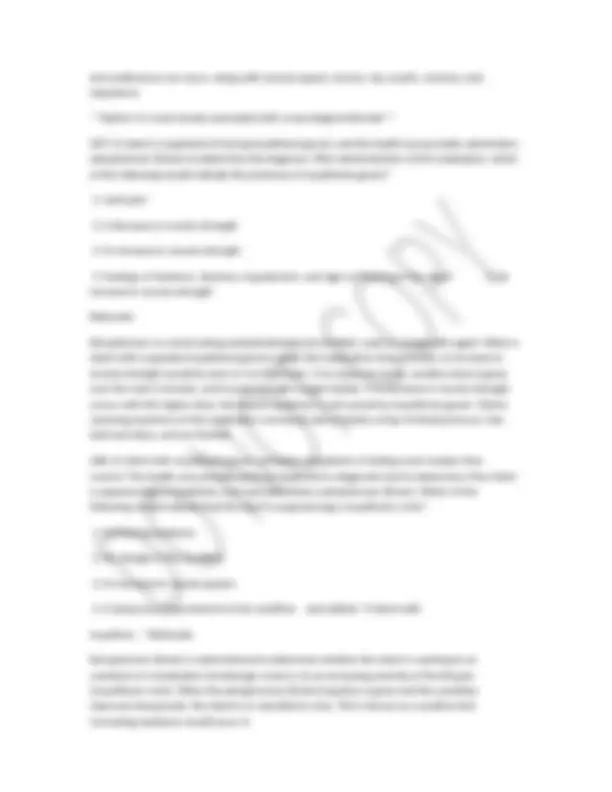
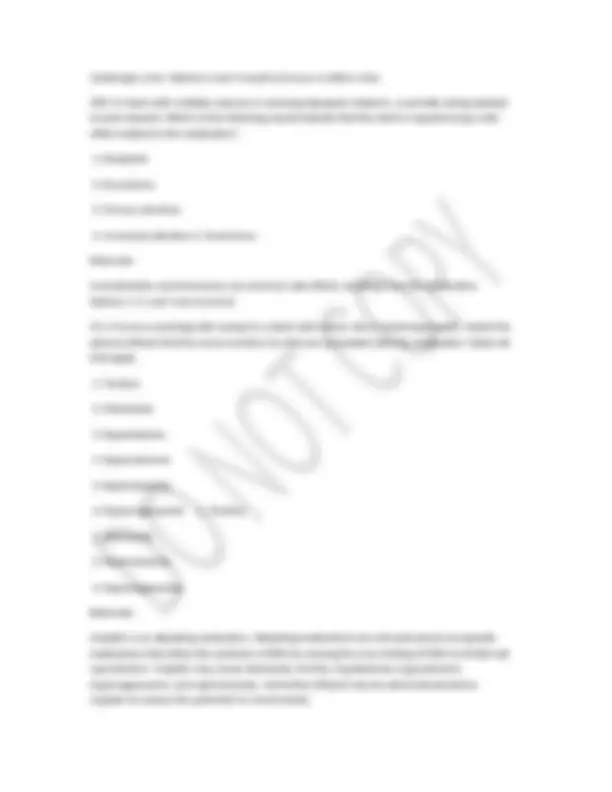
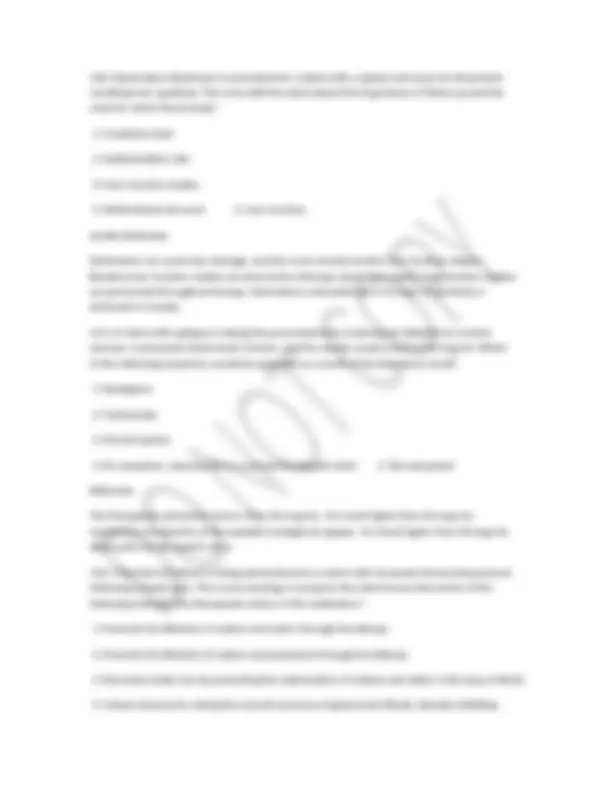
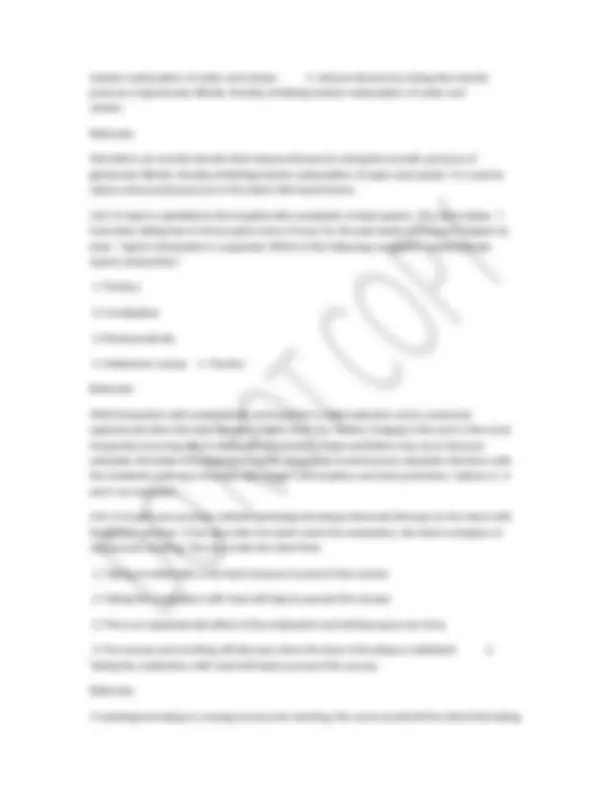
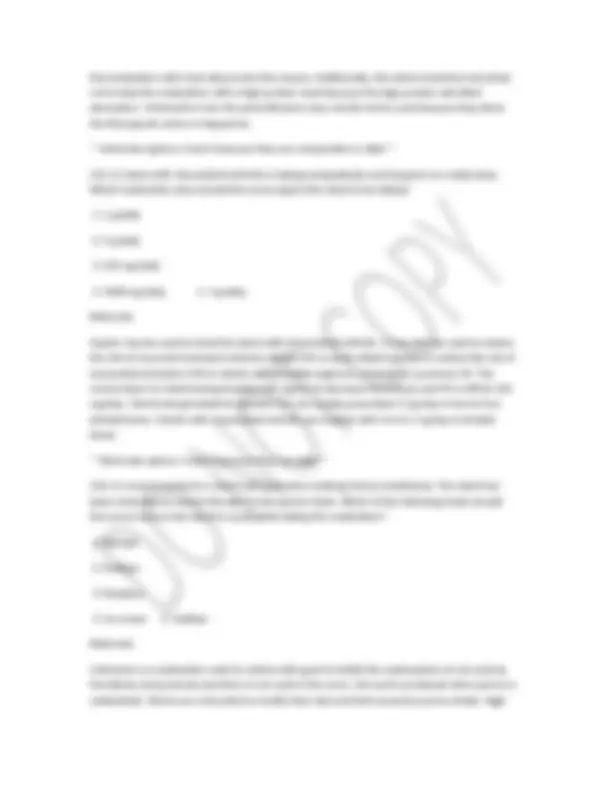
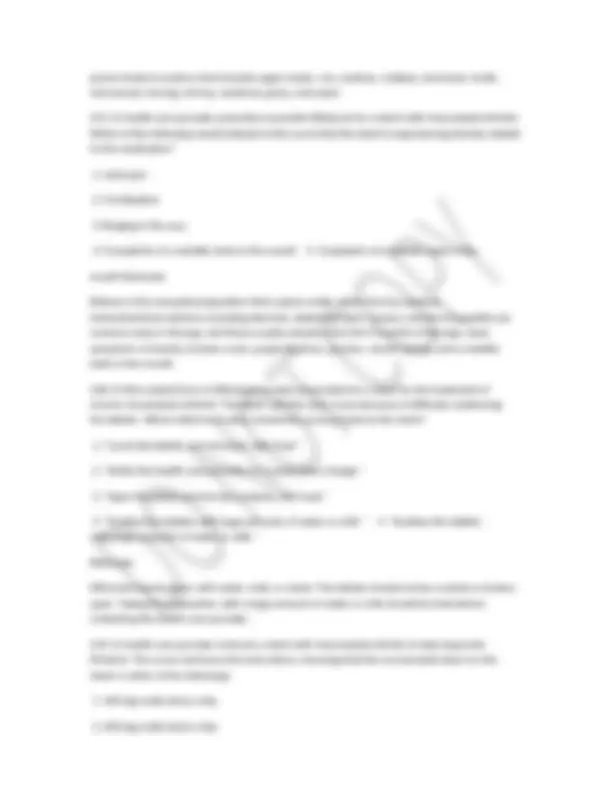
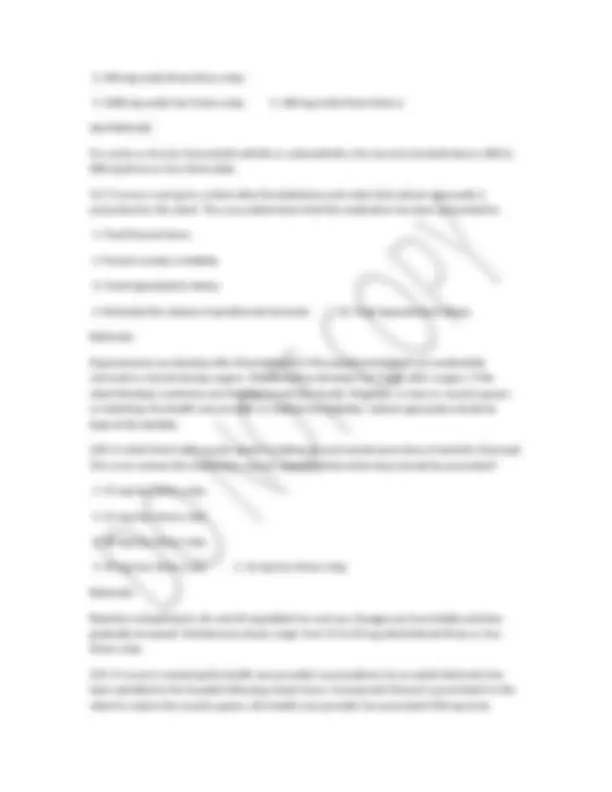
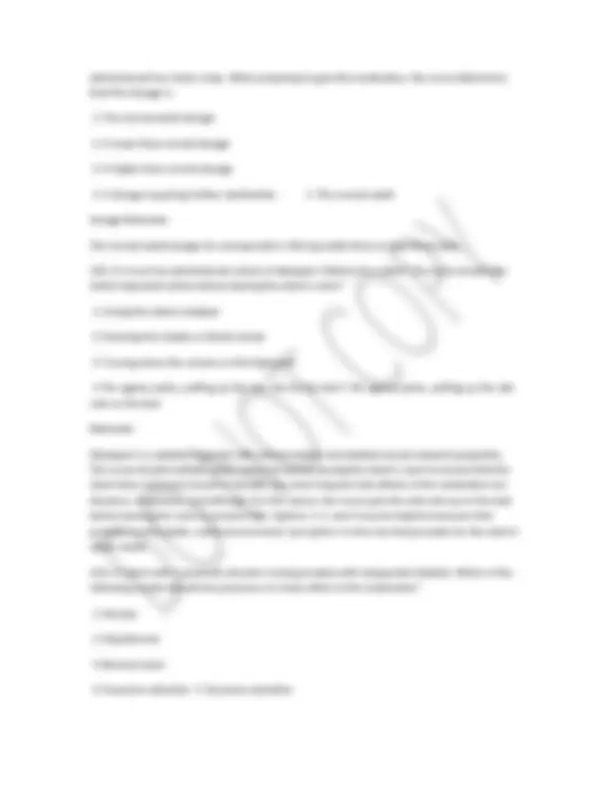
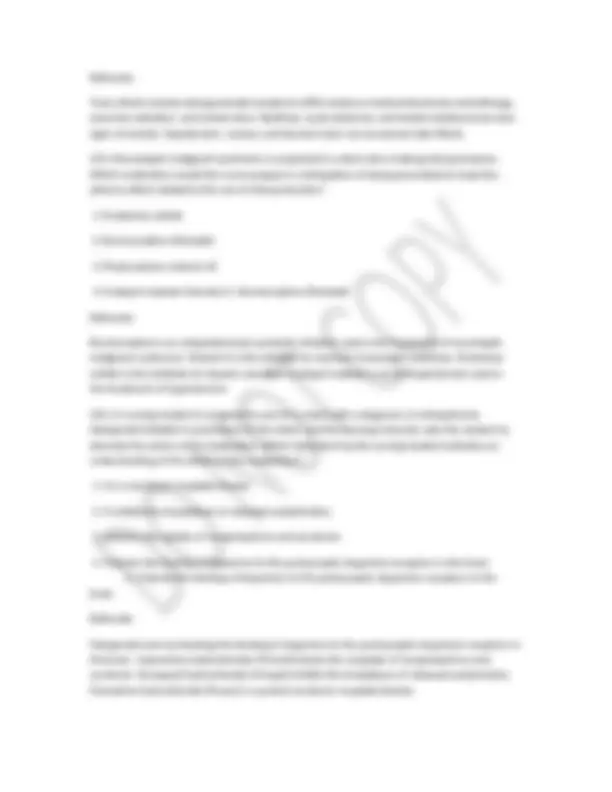
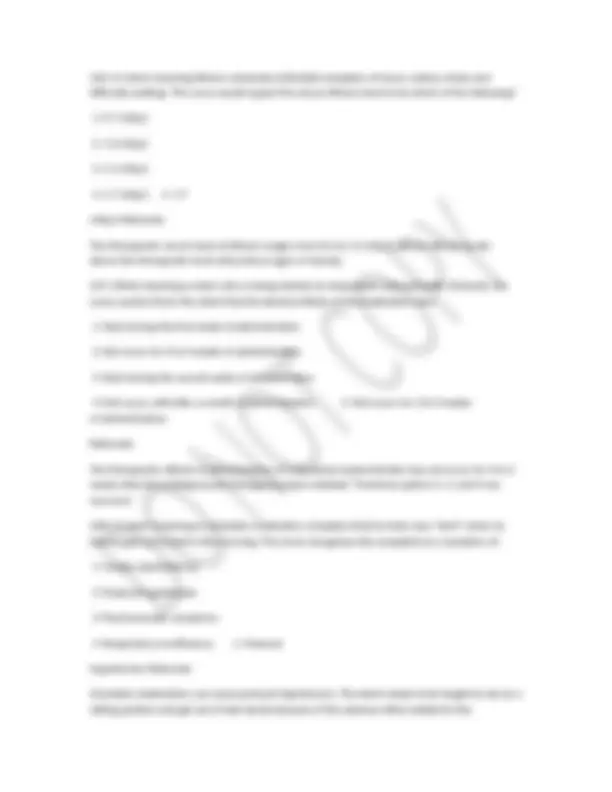
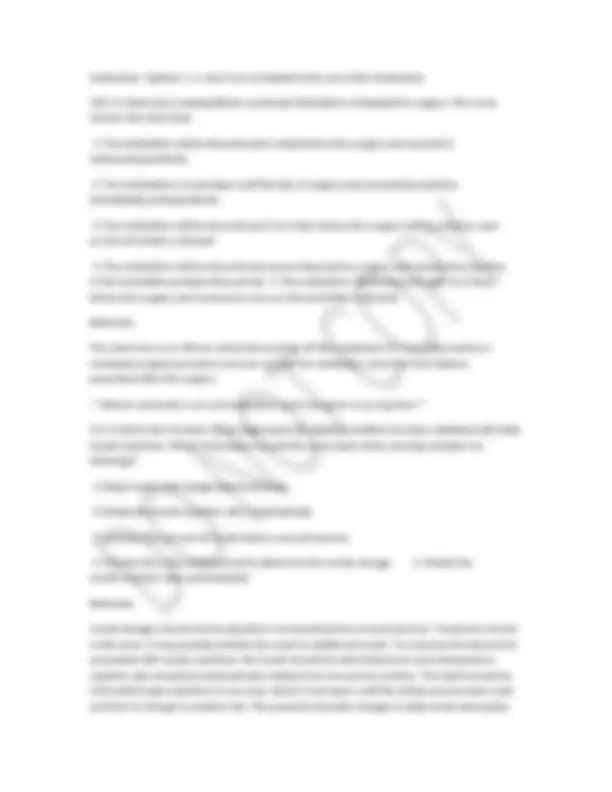
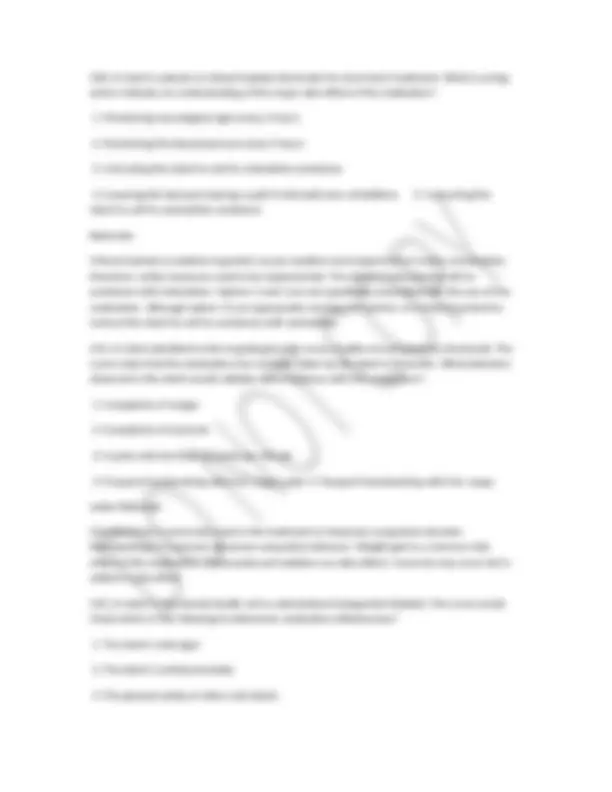
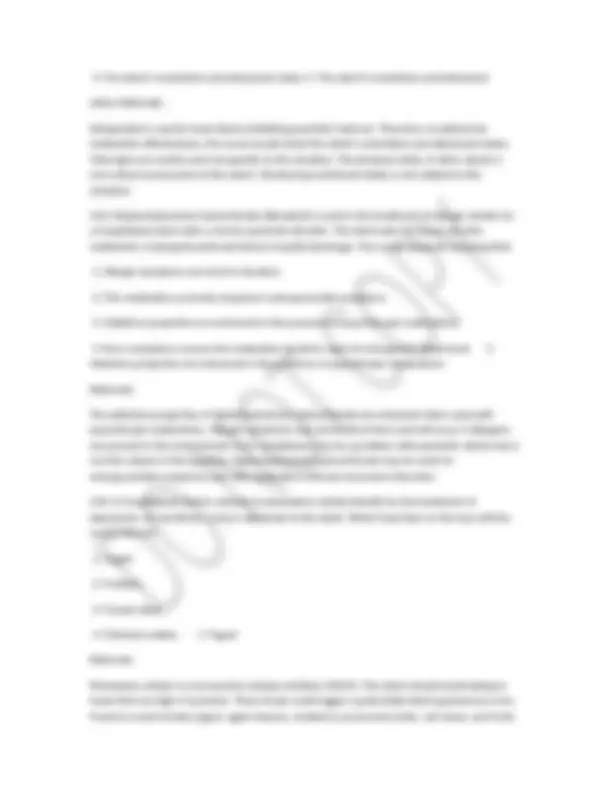
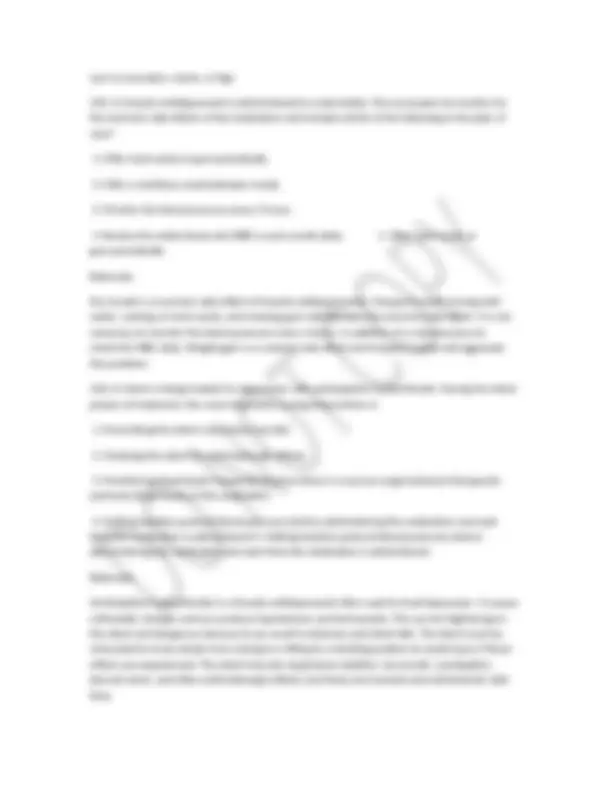
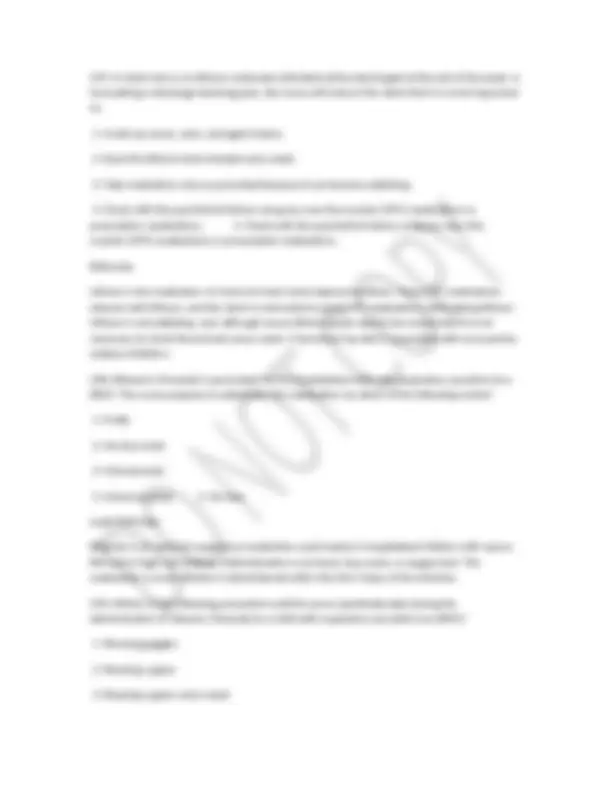
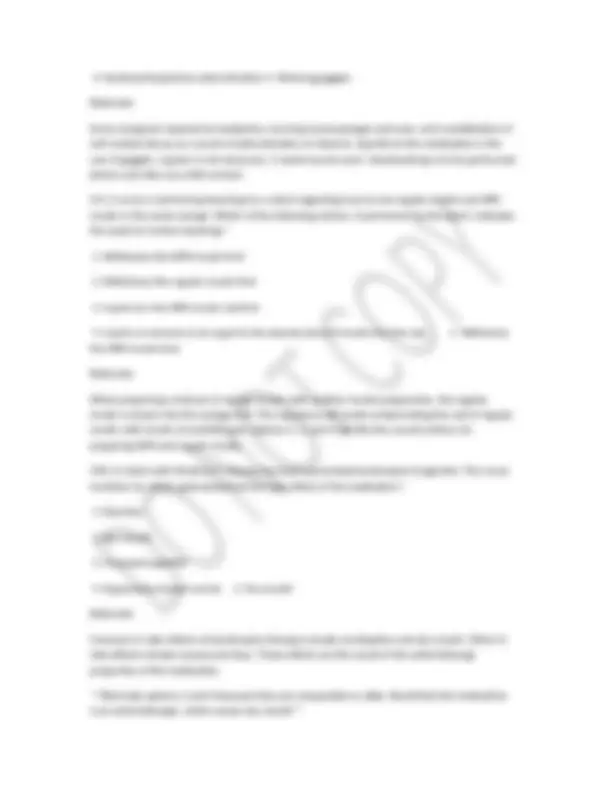
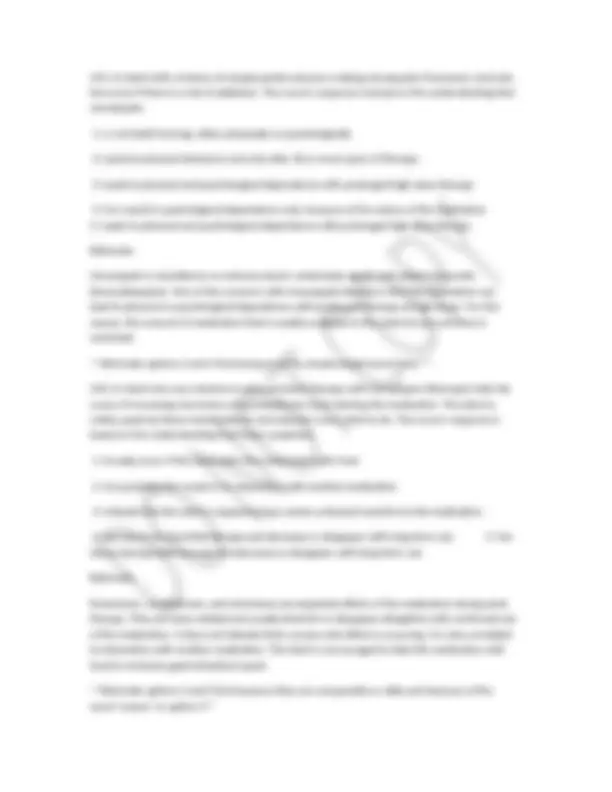
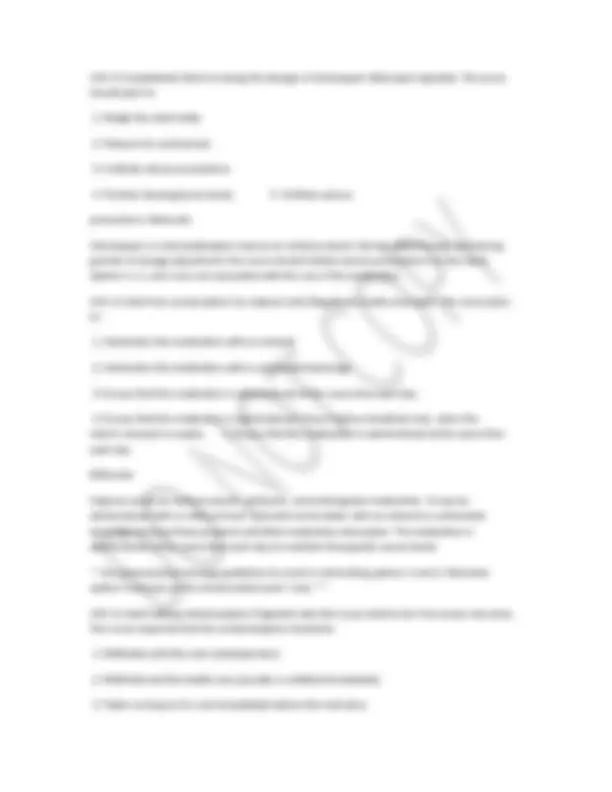
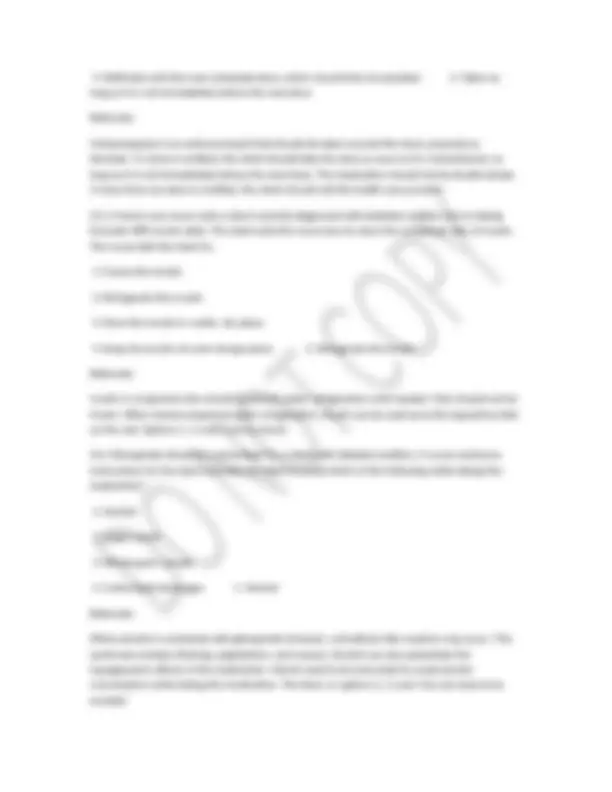
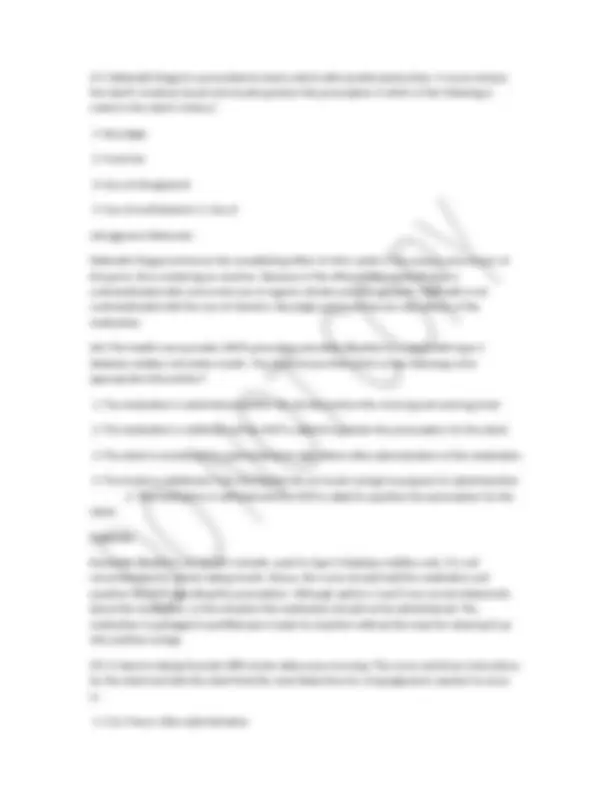
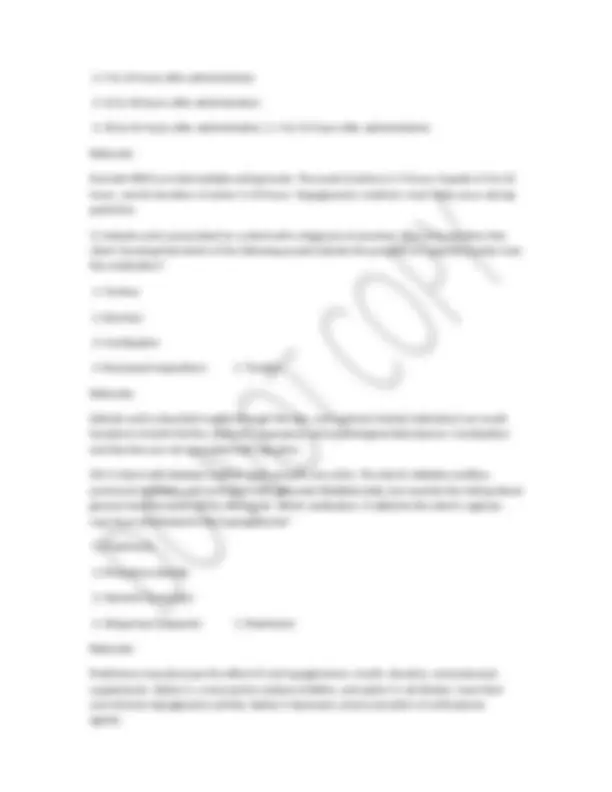
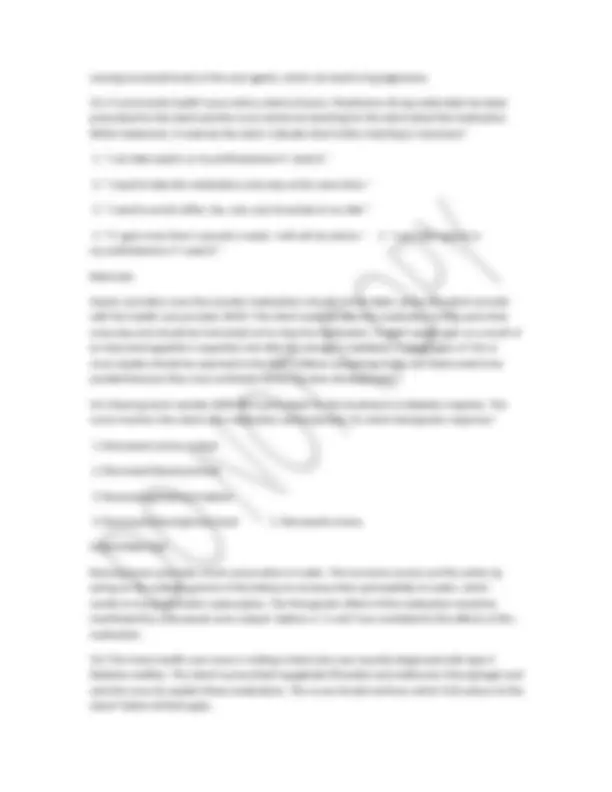
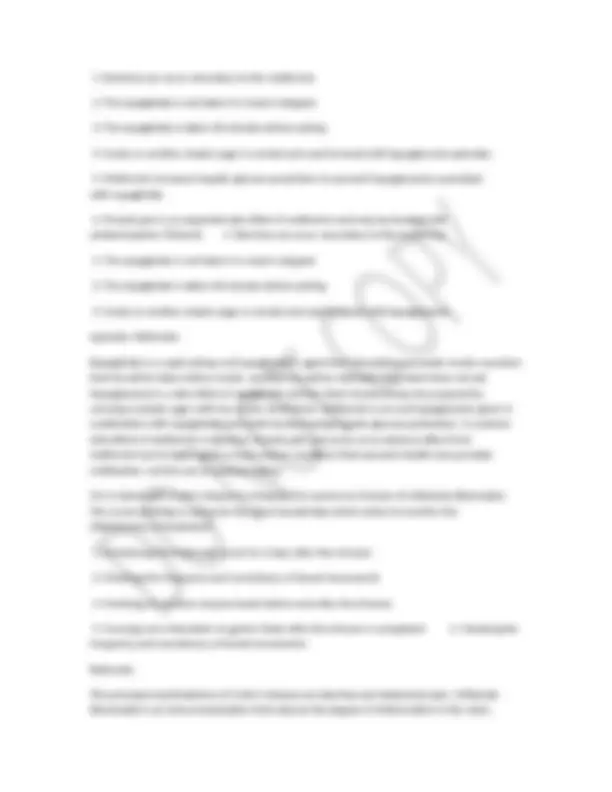
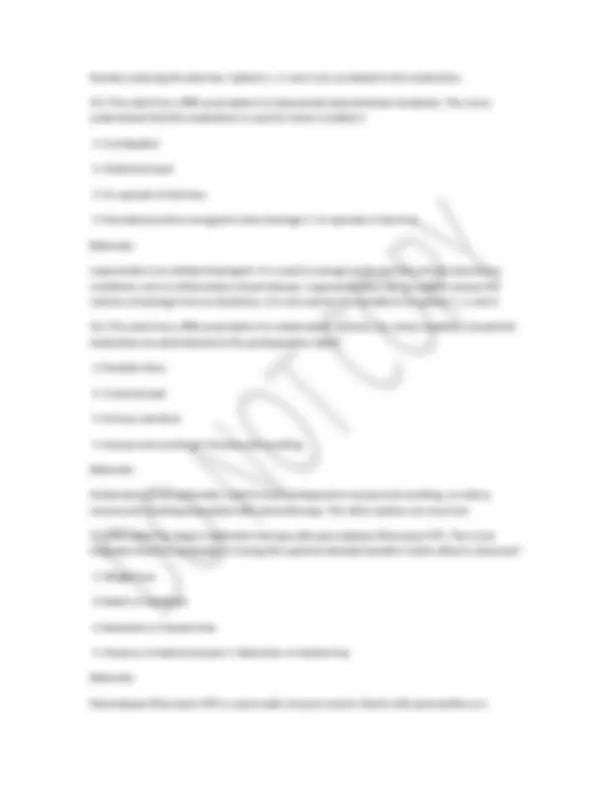
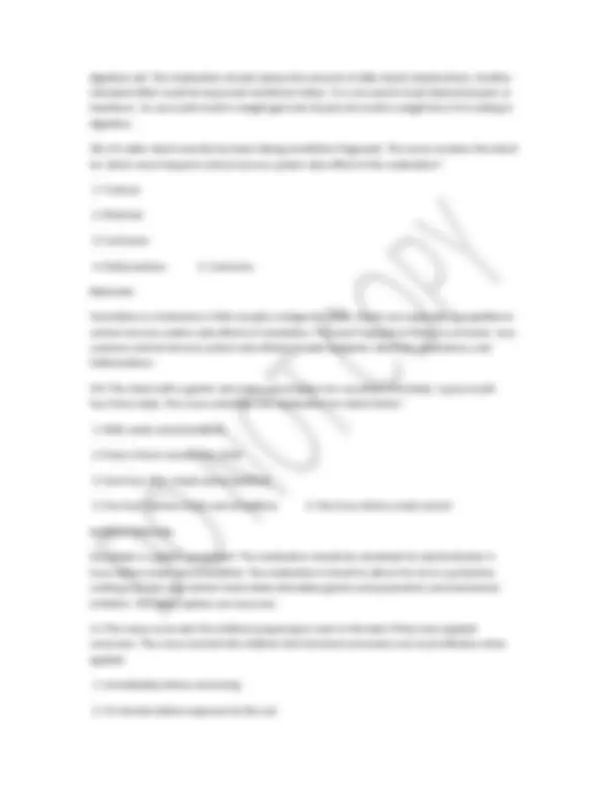
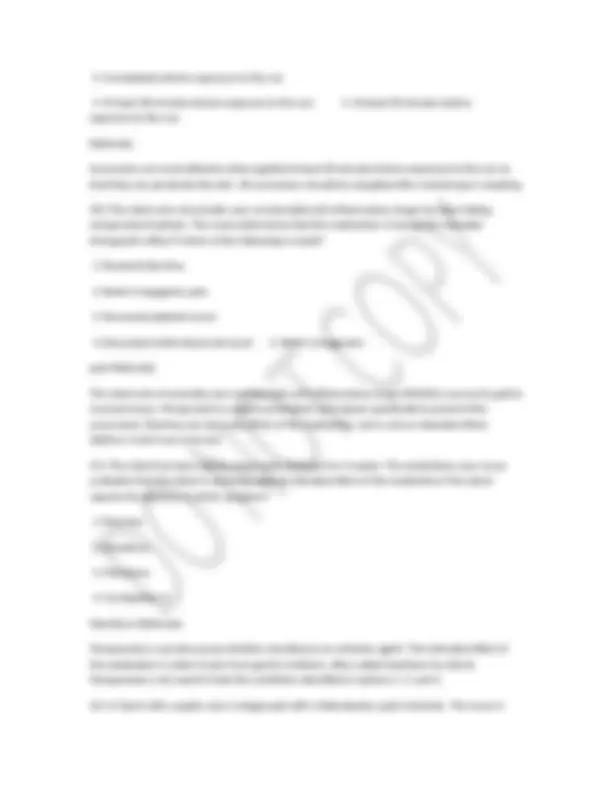
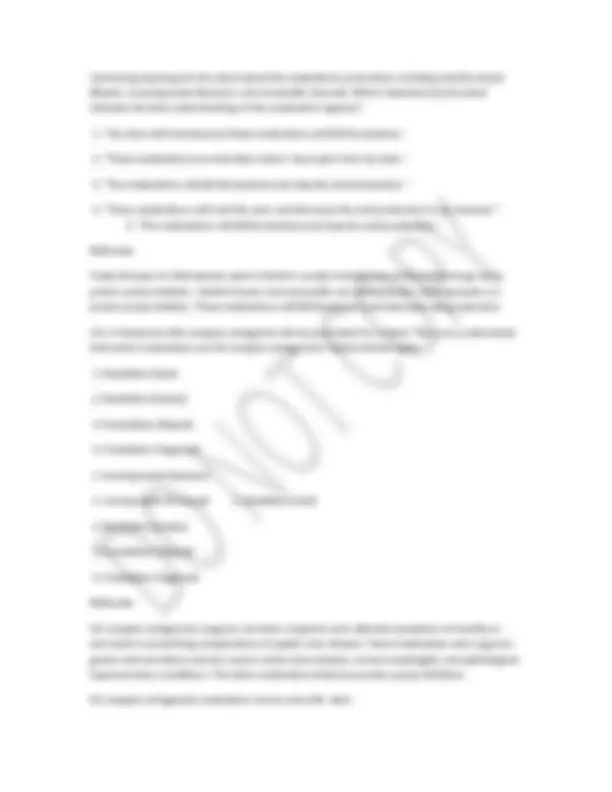
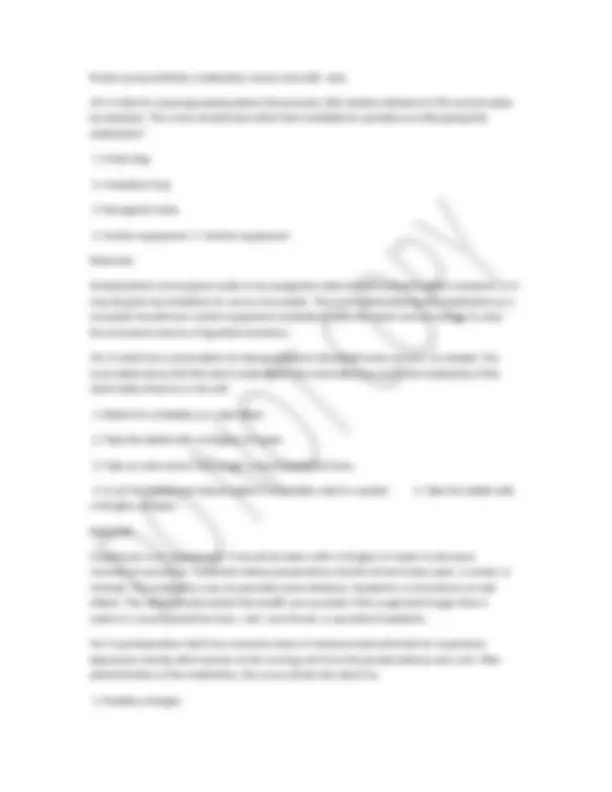
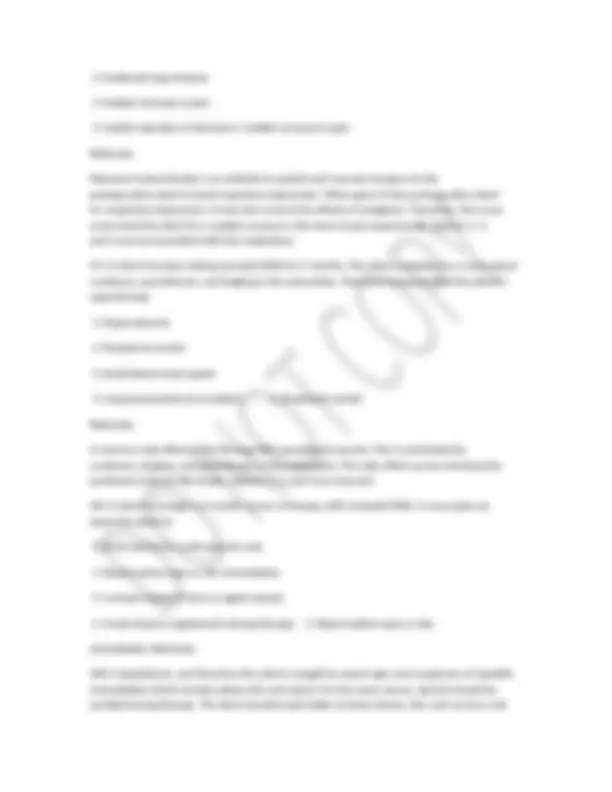
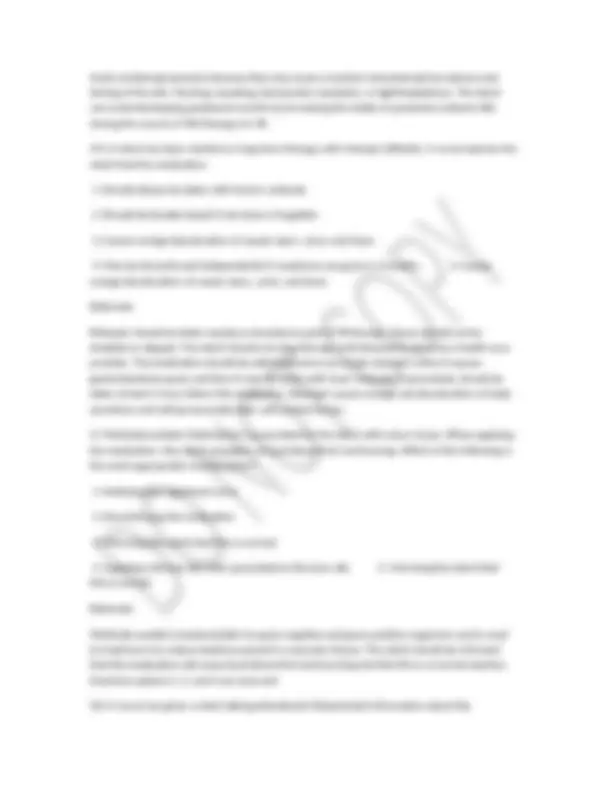
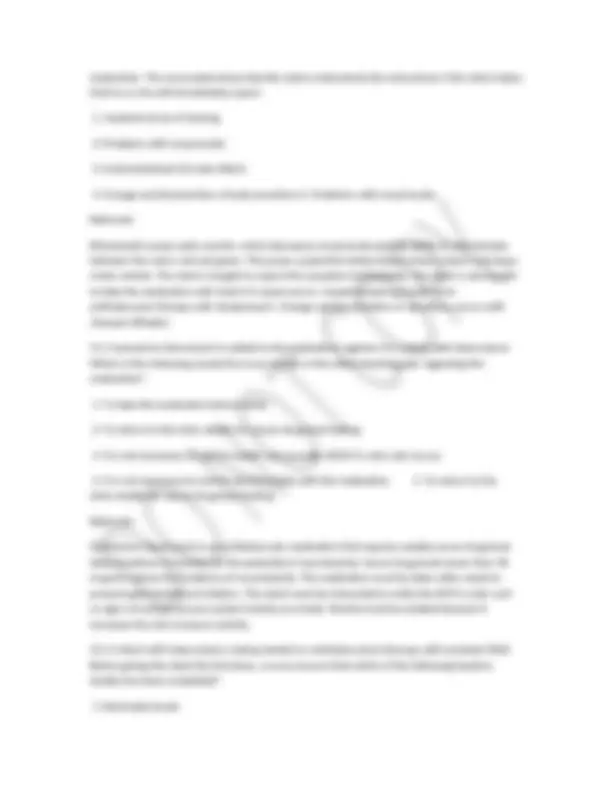
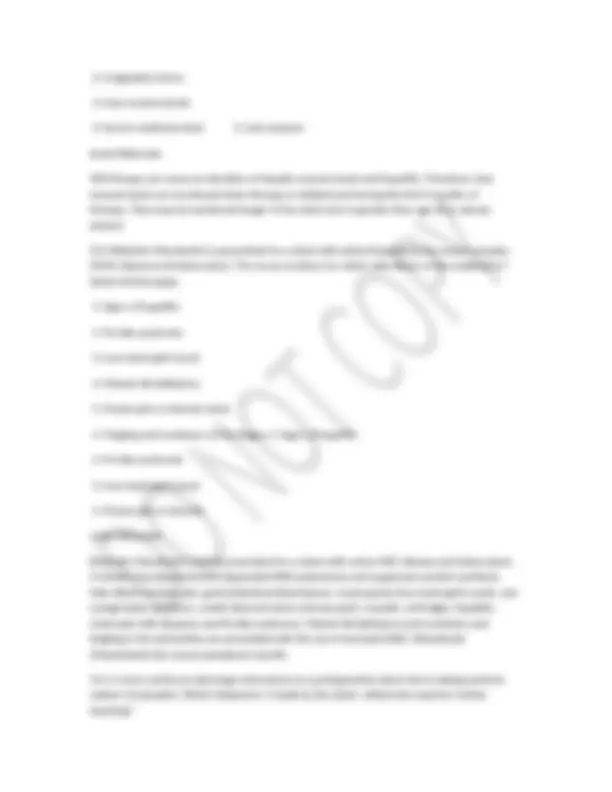
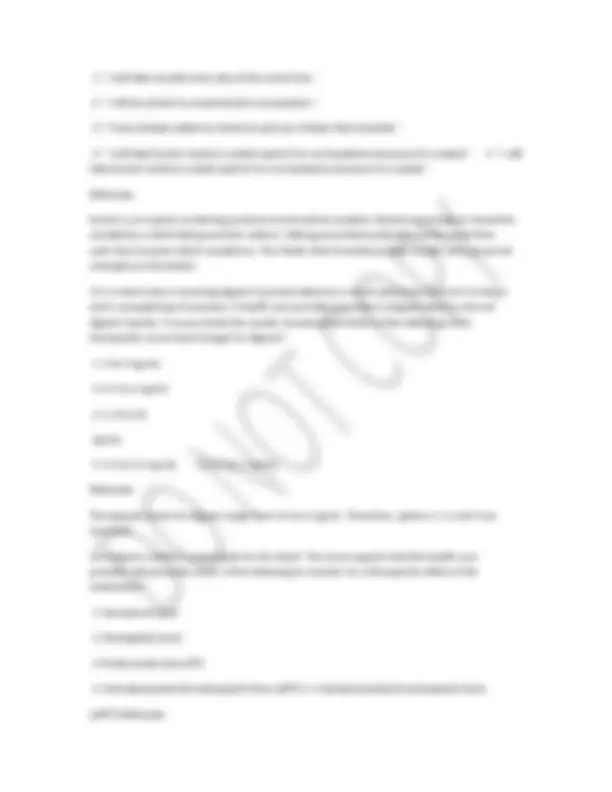

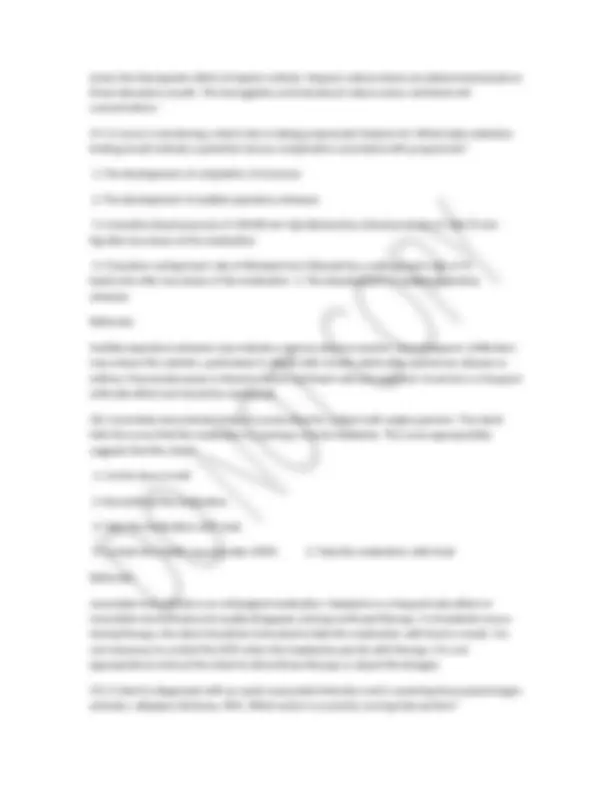
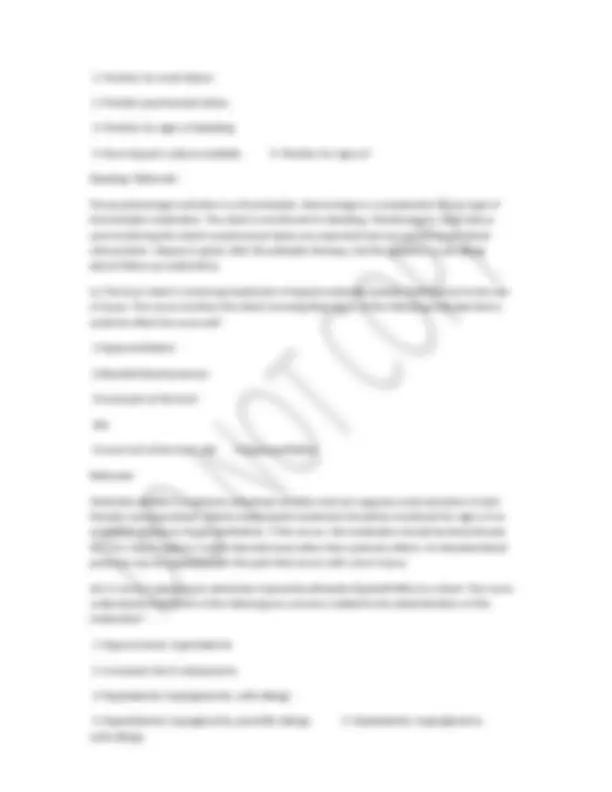
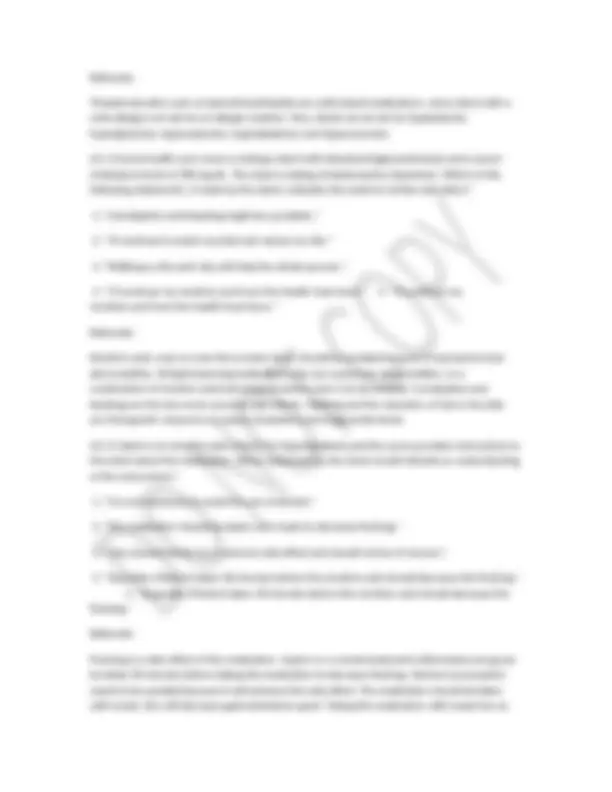
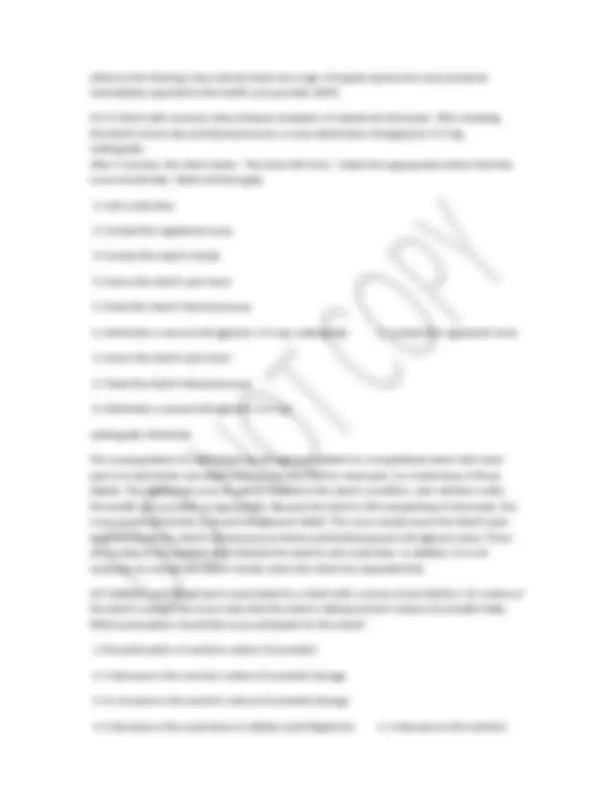
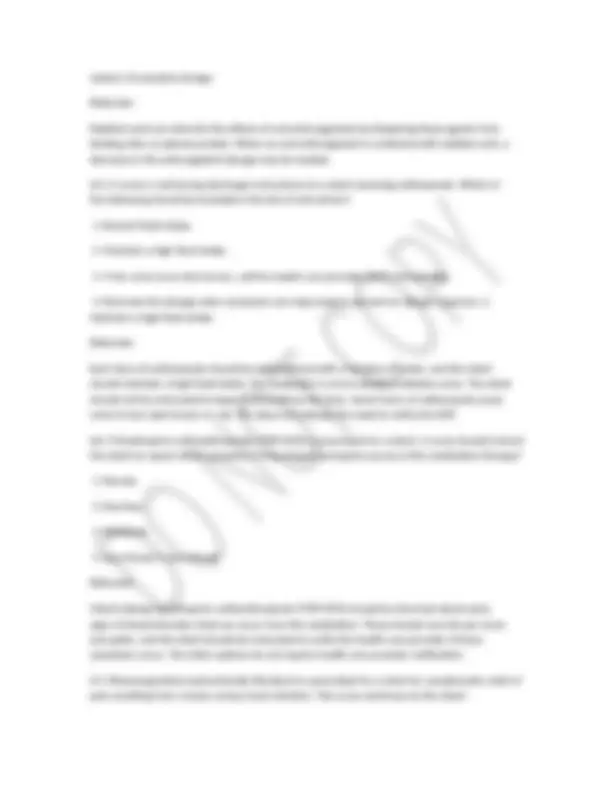
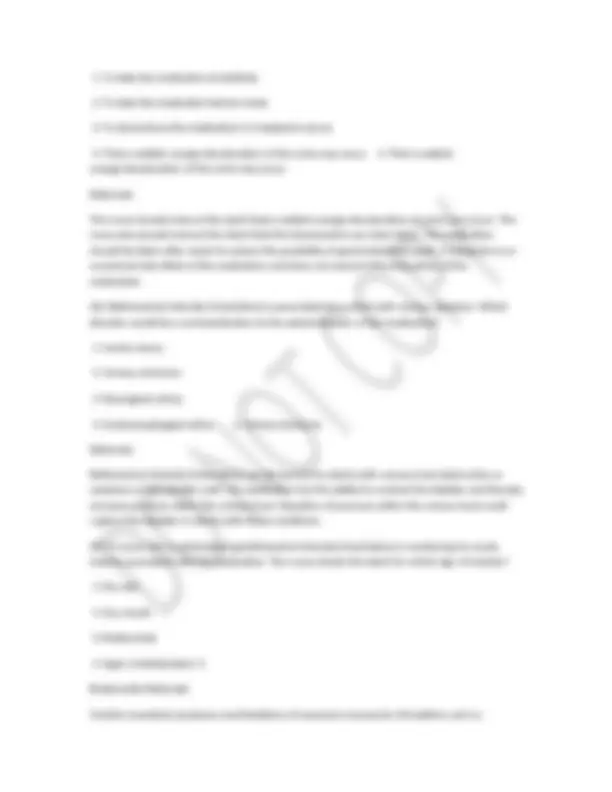
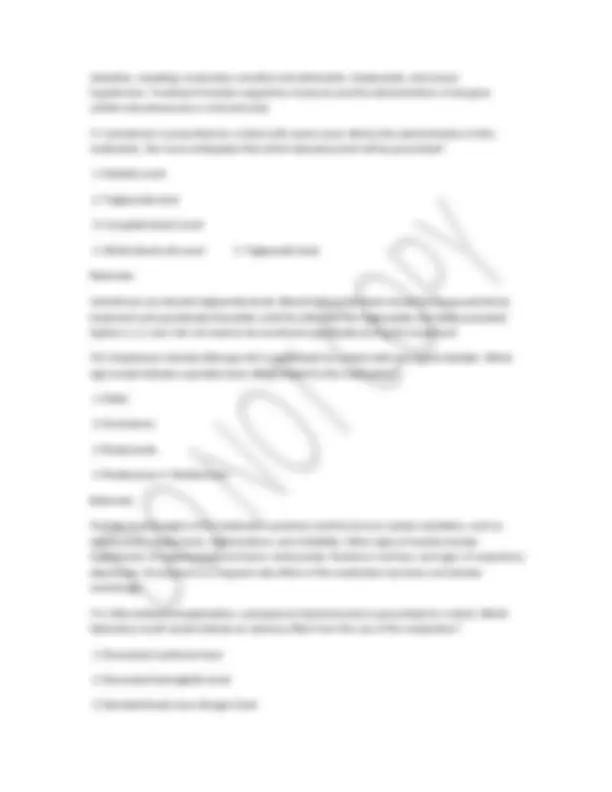
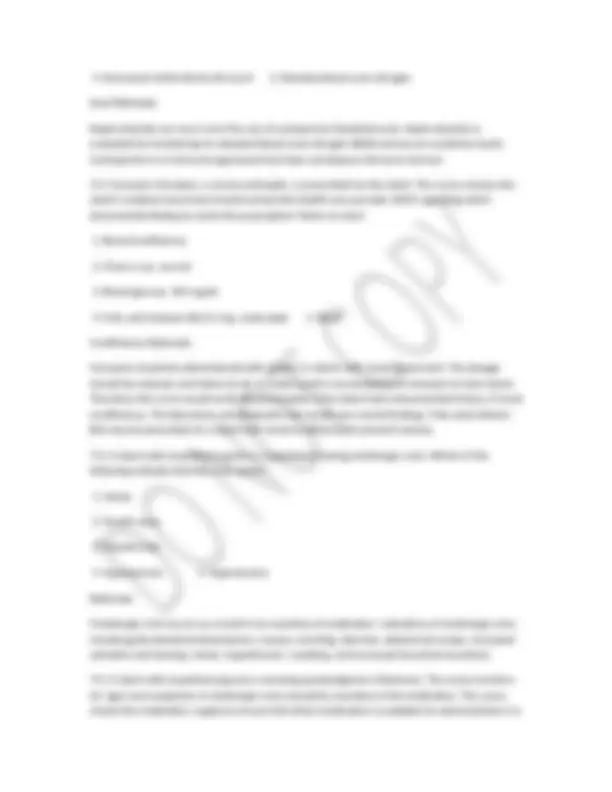
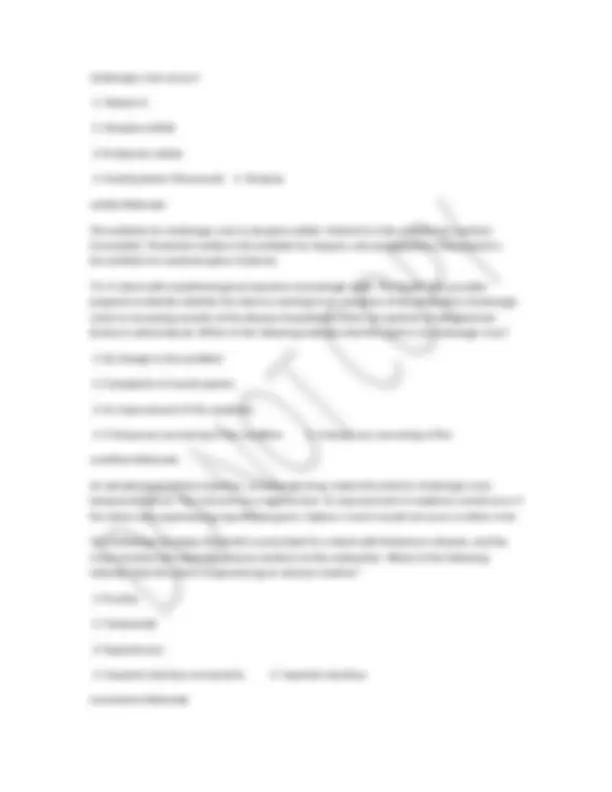
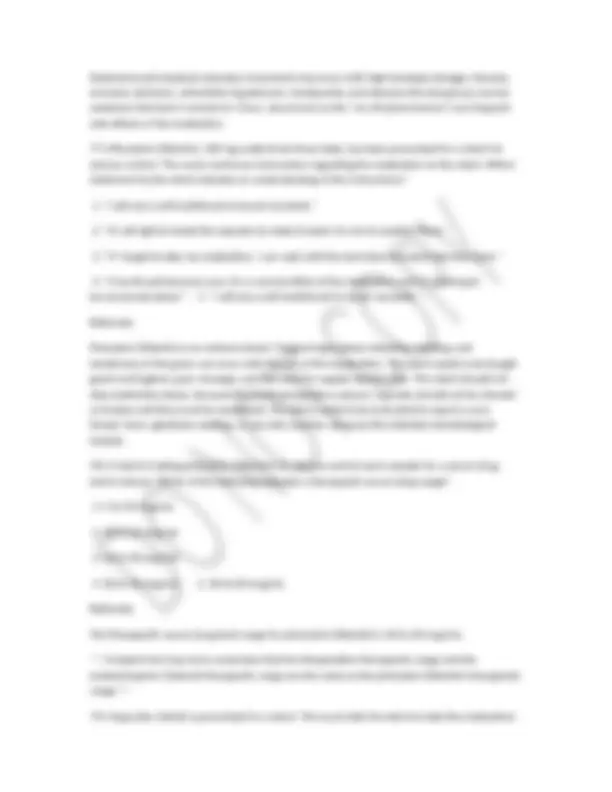
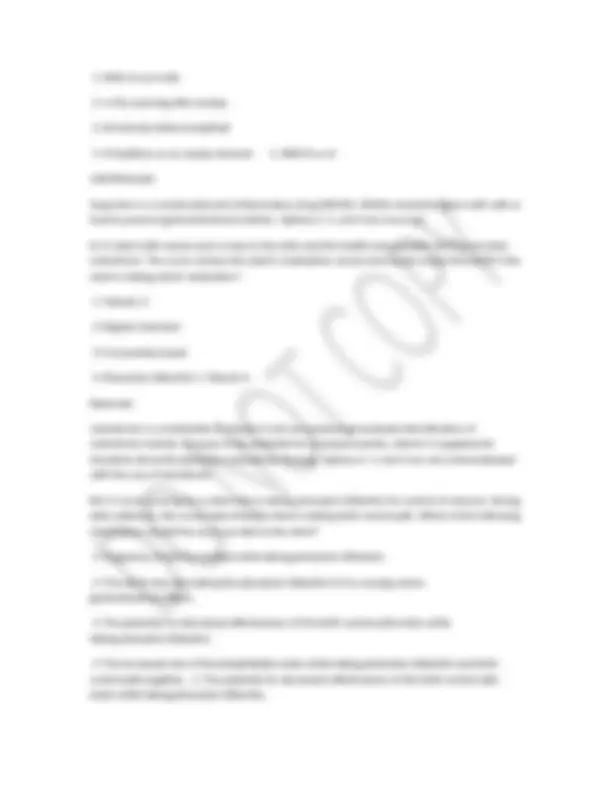
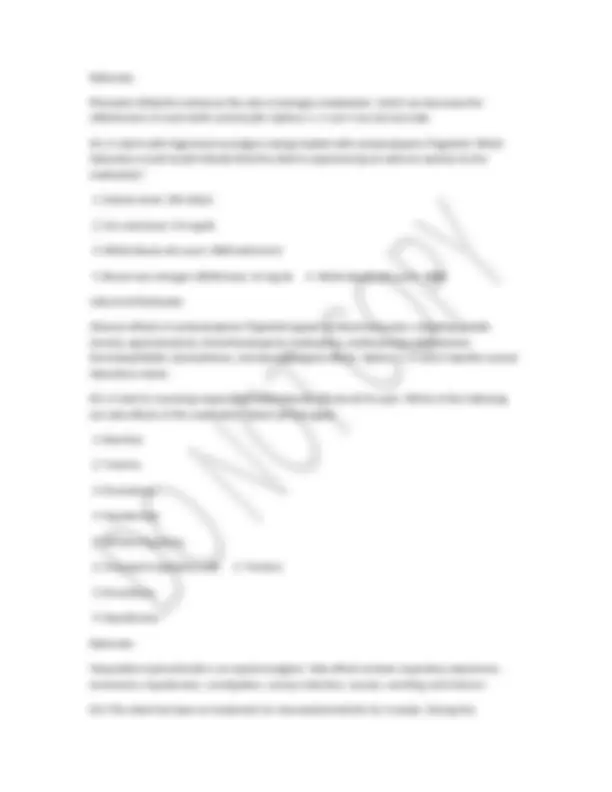
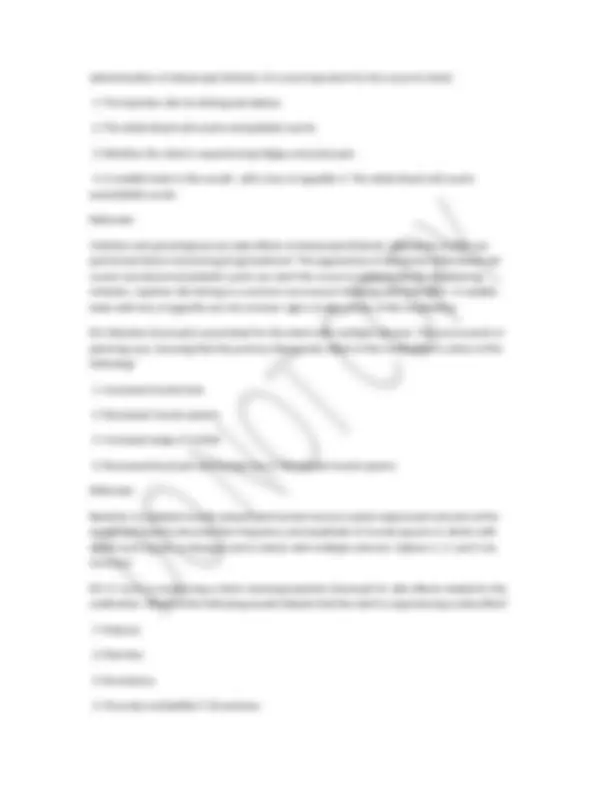
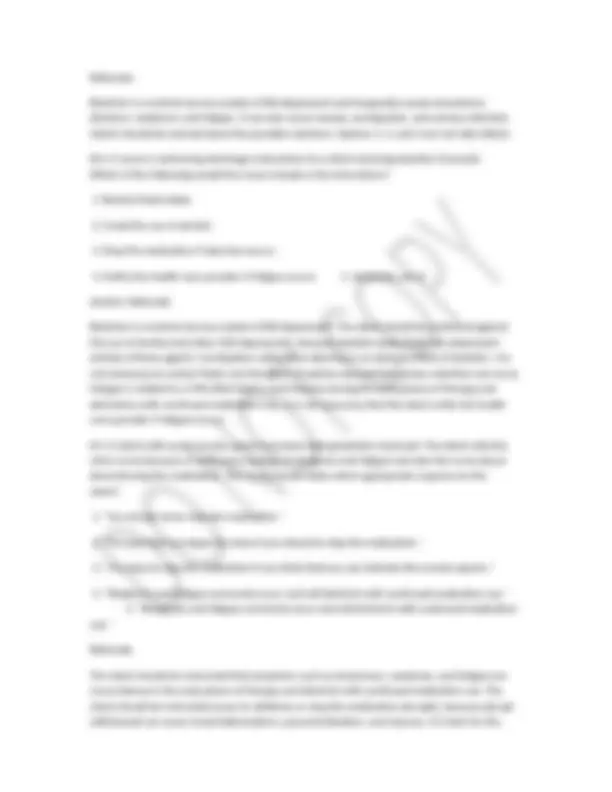


Study with the several resources on Docsity

Earn points by helping other students or get them with a premium plan


Prepare for your exams
Study with the several resources on Docsity

Earn points to download
Earn points by helping other students or get them with a premium plan
Community
Ask the community for help and clear up your study doubts
Discover the best universities in your country according to Docsity users
Free resources
Download our free guides on studying techniques, anxiety management strategies, and thesis advice from Docsity tutors
HESI Pharmacology Spring 2025/26Test Bank(Latest Update):Expert Solved,>HESI Pharmacology Spring 2025/26Test Bank(Latest Update):Expert Solved,>
Typology: Exams
1 / 106

This page cannot be seen from the preview
Don't miss anything!





























































































Rationale: Saquinavir (Invirase) is an antiretroviral (protease inhibitor) used with other antiretroviral medications to manage human immunodeficiency virus infection. Saquinavir is administered with meals and is best absorbed if the client consumes high-calorie, high-fat meals. Saquinavir can cause photosensitivity, and the nurse should instruct the client to avoid sun exposure. 101.) Ketoconazole is prescribed for a client with a diagnosis of candidiasis. Select the interventions that the nurse includes when administering this medication. Select all that apply.
Hepatotoxicity Rationale: Nevirapine (Viramune) is a non-nucleoside reverse transcriptase inhibitors (NRTI) that is used to treat HIV infection. It is used in combination with other antiretroviral medications to treat HIV. Adverse effects include rash, Stevens-Johnson syndrome, hepatitis, and increased transaminase levels. Hyperglycemia, peripheral neuropathy, and reduced bone density are not adverse effects of this medication. 103.) A nurse is caring for a hospitalized client who has been taking clozapine (Clozaril) for the treatment of a schizophrenic disorder. Which laboratory study prescribed for the client will the nurse specifically review to monitor for an adverse effect associated with the use of this medication?
Platelet count
Cholesterol level
White blood cell count
Blood urea nitrogen level 3. White blood cell count Rationale: Hematological reactions can occur in the client taking clozapine and include agranulocytosis and mild leukopenia. The white blood cell count should be checked before initiating treatment and should be monitored closely during the use of this medication. The client should also be monitored for signs indicating agranulocytosis, which may include sore throat, malaise, and fever. Options 1, 2, and 4 are unrelated to this medication. 104.) Disulfiram (Antabuse) is prescribed for a client who is seen in the psychiatric health care clinic. The nurse is collecting data on the client and is providing instructions regarding the use of this medication. Which is most important for the nurse to determine before administration of this medication?
A history of hyperthyroidism
A history of diabetes insipidus
When the last full meal was consumed
When the last alcoholic drink was consumed 4. When the last alcoholic drink was consumed Rationale: Disulfiram is used as an adjunct treatment for selected clients with chronic alcoholism who want
observation indicates that the client is correctly following the medication plan?
Rationale: Buspirone hydrochloride is not recommended for the treatment of drug or alcohol withdrawal, paranoid thought disorders, or schizophrenia (thought broadcasting or delusions). Buspirone hydrochloride is most often indicated for the treatment of anxiety and aggression. 11.) The health care provider has prescribed silver sulfadiazine (Silvadene) for the client with a partial-thickness burn, which has cultured positive for gram-negative bacteria. The nurse is reinforcing information to the client about the medication. Which statement made by the client indicates a lack of understanding about the treatments?
Maintain a high fluid intake. Rationale: Each dose of sulfisoxazole should be administered with a full glass of water, and the client should maintain a high fluid intake. The medication is more soluble in alkaline urine. The client should not be instructed to taper or discontinue the dose. Some forms of sulfisoxazole cause the urine to turn dark brown or red. This does not indicate the need to notify the health care provider. 114.) A postoperative client requests medication for flatulence (gas pains). Which medication from the following PRN list should the nurse administer to this client?
120.) A client is taking lansoprazole (Prevacid) for the chronic management of Zollinger-Ellison syndrome. The nurse advises the client to take which of the following products if needed for a headache?
triamterene is a potassium-sparing diuretic** 122.) A client who has begun taking fosinopril (Monopril) is very distressed, telling the nurse that he cannot taste food normally since beginning the medication 2 weeks ago. The nurse provides the best support to the client by: